 Abraham Lincoln
If given the truth, the people can be depended upon to meet any national crisis...
Abraham Lincoln
If given the truth, the people can be depended upon to meet any national crisis...
 Guildford news...
for Guildford people, brought to you by Guildford reporters - Guildford's own news service
Guildford news...
for Guildford people, brought to you by Guildford reporters - Guildford's own news service
Birdwatcher’s Diary No.175
Published on: 4 Dec, 2018
Updated on: 3 Dec, 2018
By Malcolm Fincham
As we reached the middle of November winds briefly turned to the east, bringing a cooler feel to the air. It had also brought with it a few more short-eared owls into various areas of the UK.
On November 17, with the addition of good friends Bob and Dougal, I made a return to Papercourt water meadows, near Send, where I had seen my first short-eared owl of the winter, just a few days before.
Having arrived early in the afternoon, making the most of what was another pleasant day, we first walked downstream along the river’s towpath where we encountered a few stonechats perched up on long grass stems and brambles, as if on guard duty.
To my surprise as we made our return to the meadows, we were met by quite a gathering of fellow birdwatchers (mostly well camouflaged or secluded) who had responded to the news that both I and the Surrey Bird Club had put out just a few days before.
It turned out to be quite a long wait for some on this occasion, but eventually a fruitful one. Just as the sun dropped into the clouds on the horizon, and the chill of the evening air began to caress my fingers, the short-eared owl made its appearance.
Here is a Youtube clip showing more recent footageof the short-eared owl at Papercourt.
The short-eared owl was soon followed by the appearance of a barn owl.
At the Riverside Nature Reserve, near Burpham a few frosty nights were enough to put a thin layer of ice across the “scrape” near Stoke Lock, on which a few black-headed gulls stubbornly stood.
Along the boardwalk, an assortment of members of the tit family could be viewed, these included several blue tits.
A female blackbird, perched, picking berries from a tree by the towpath.
While just before dusk, on several afternoons a few pheasants could be seen, flying out from the sewage works just beyond the lock to roost near the scrape.
About the same time a pair of Egyptian geese were often seen, their white wing panels showing well in the dwindling light. They too flew across the canal towards the “scrape”.
On the frostier days they could be seen flying on to Stoke Lake.
From the lakeside, to the keen eyed, regular sightings of a kingfisher could be glimpsed.
By the end of the month the number of tufted ducks on the lake had increased to 26.
Roe deer are most active at twilight, so if you want to observe them that is when you should be in position.
As the shortening days came to a close, a waxing “beaver” moon appeared in the gelid eastern sky, as the local gulls made their way to their roosts.
On a grey and wet November 28, I again, as previously reported, witnessed flocks of jackdaws. They seemed to be growing in number with in excess of a 1,000 birds, now making their daily return from all points of the compass after their day’s foraging in the fields around Guildford.
Here is a short film I took of them.
By the end of the month mild, Atlantic, westerly winds took control, bringing some wet and stormy weather.
A grey heron on a grey day, looked across the “scrape” from the towpath by Stoke Lock.
The resident kestrel continued to hunt around the reserve.
On the towering electrical pylons near the main lake, a couple of cormorants sat, surveying their surroundings.
November 29 also brought a rare present for local birdwatchers in the way of a shag.
Shags are similar to cormorants but smaller and generally slimmer.
Unlike cormorants, shags are usually seen off the west coast of the UK. Only occasionally do they turn up inland along rivers and lakes. The shag’s beak is more delicate in comparison to the cormorant’s and the forehead angle is steeper.
Elsewhere around the Surrey countryside during the last weeks of the month weather conditions, unsurprisingly, were much the same. Looking back at my photos this was most notable by the quality and results of some of the pictures I had taken. On what had been several trips south of Guildford to Frensham on the Surrey-Hampshire border.
Stopping off at Cutt Mill pond, Puttenham, along the way, I was able to get a distant photo of a kingfisher as it flew low across one of the lakes there.
I wasn’t quite so fortunate when we arrived at Frensham Little Pond, when another kingfisher flew across the lake there too. This time too quickly for me to react with my camera.
Although a walk around the pond was a quiet one in respect of bird sightings, it was one of those days when any birds seen could be considered a bonus. In such pleasant weather conditions a few fieldfares flew overhead in the clear blue sky.
On the surrounding heathland Dartford warblers could be heard and glimpsed as they flew over the heather. While one even took us by surprise, perching up in full view, close by.
A family group of goldcrests could also be found, flitting about in a small oak tree by the pond.
Continuing our ventures while the sun continued to shine, was a trip just across the main road to Frensham Great Pond.
At the eastern end near the outlet stream a selection of wildfowl could be viewed close by. Begging for a free meal were a pair of resident Aylesbury ducks.
Also flapping around in their outstandingly sized, clown-like feet, were a covert of coots.
While a raft of pochards, less confiding, drifted around on the water further away. However, three drake pochards flew overhead allowing me to capture a shot as they passed by.
Just across the road, as we began a short walk down to the outlet pond, a few blackbirds could be seen picking berries from the holly bushes.
Near the outlet pond we could hear a firecrest, although on this occasion only getting a few fleeting glimpses too abbreviated to photograph.
On the pond, secluded by overhanging trees, were four mandarin ducks.
While just beyond them a little egret perched on some fallen branches.
No sooner had I turned the page on my wall calendar, and opened the first window on my Advent calendar, on Saturday, December 1, I got a call from my friend Dougal, with news of a great northern diver on Frensham Great Pond.
Like the shag seen just a few days before on Stoke Lake, great northern divers are usually seen wintering around our coast. It seemed to me that recent Atlantic storms had persuaded them both to take refuge for a while on inland lakes.
With the addition of Bob, we arrived there just after midday. It had been first sighted the previous evening and was by now looking quite contented as it plucked signal crayfish from the sandy substrate of the pond.
As seen on an interesting video clip, taken by a fellow “birder” at the time we were there.
Great northern divers in Canada are better known as common loons and appear on the Canadian $1 coin which is known as the “Loonie.”
Historic evidence suggests that great northern divers have been around for at least 20,000,000 years, making them the oldest and most primitive example of a bird alive today.
Having watched it for a while and got as good a view and photos we could expect, we decided to take a walk down to the outlet pond before the last of the daylight faded.
Holly is probably the most abundant species of tree in the area. Some had already been stripped of their berries, with just a few to be seen scattered around the ground beneath them.
A continuous “seep, seep” sounds from the surrounding trees soon alerted us to the culprits. It was the sound of groups of redwings, mostly just glimpsed as they passed overhead in the canopy of the top most branches.
Arriving at an opening in the treeline by the roadside, I was able to get some better views of them. Some stood out, perched on tall bare branches.
While others were pillaging the holly-laden bushes by the roadside.
A real bonus on this occasion and to complete another pleasurable day of birdwatching, was to see not one but two firecrests, and even managing to get a few photos.
Responses to Birdwatcher’s Diary No.175
Leave a Comment Cancel reply
Please see our comments policy. All comments are moderated and may take time to appear. Full names, or at least initial and surname, must be given.Recent Articles
- Home-to-School Transport Refused
- Devolution: Ministry Asks for Clarification of How £5 billion Debt Will Be Managed
- Website Maintenance
- Letter: The Younger Generations Might Learn from Our Experience
- Final Steam Train Signalled by Farncombe, Petersfield and Haslemere Signal Boxes
- New Toucan Crossing on Woking Road to Facilitate Weyside Urban Village Project
- Updated: Honesty Questioned as Waverley Scraps Ground Maintenance Deal
- Letter: Please Send Nominations for Design Awards
- Notice: Do You Need Nature on Prescription?
- Mayor’s Diary: April 27 – May 11


Recent Comments
- Ricky Sonn on Wildlife Group Plans To Release Beavers To Revive Surrey Wetlands
- David Roberts on Letter: The Younger Generations Might Learn from Our Experience
- Jim Allen on Devolution: Ministry Asks for Clarification of How £5 billion Debt Will Be Managed
- Martin Elliott on New Toucan Crossing on Woking Road to Facilitate Weyside Urban Village Project
- Helen Clear on Letters, Comments, Complaints Policy and Privacy Statement
- Frank Emery on Royal Surrey Patients Complain Changes Won’t Fix Underlying Parking Problem
Search in Site
Media Gallery
Dragon Interview: Local Artist Leaves Her Mark At One of England’s Most Historic Buildings
January 21, 2023 / No Comment / Read MoreDragon Interview: Lib Dem Planning Chair: ‘Current Policy Doesn’t Work for Local People’
January 19, 2023 / No Comment / Read MoreA3 Tunnel in Guildford ‘Necessary’ for New Homes, Says Guildford’s MP
January 10, 2023 / No Comment / Read More‘Madness’ for London Road Scheme to Go Ahead Against ‘Huge Opposition’, Says SCC Leader
January 6, 2023 / No Comment / Read MoreCouncillor’s Son Starts Campaign for More Consultation on North Street Plan
December 30, 2022 / No Comment / Read MoreCounty Council Climbs Down Over London Road Works – Further ‘Engagement’ Period Announced
December 14, 2022 / No Comment / Read MoreDragon Interview: GBC Reaction to the Government’s Expected Decision to Relax Housing Targets
December 7, 2022 / No Comment / Read MoreHow Can Our Town Centre Businesses Recover? Watch the Shop Front Debate
May 18, 2020 / No Comment / Read More



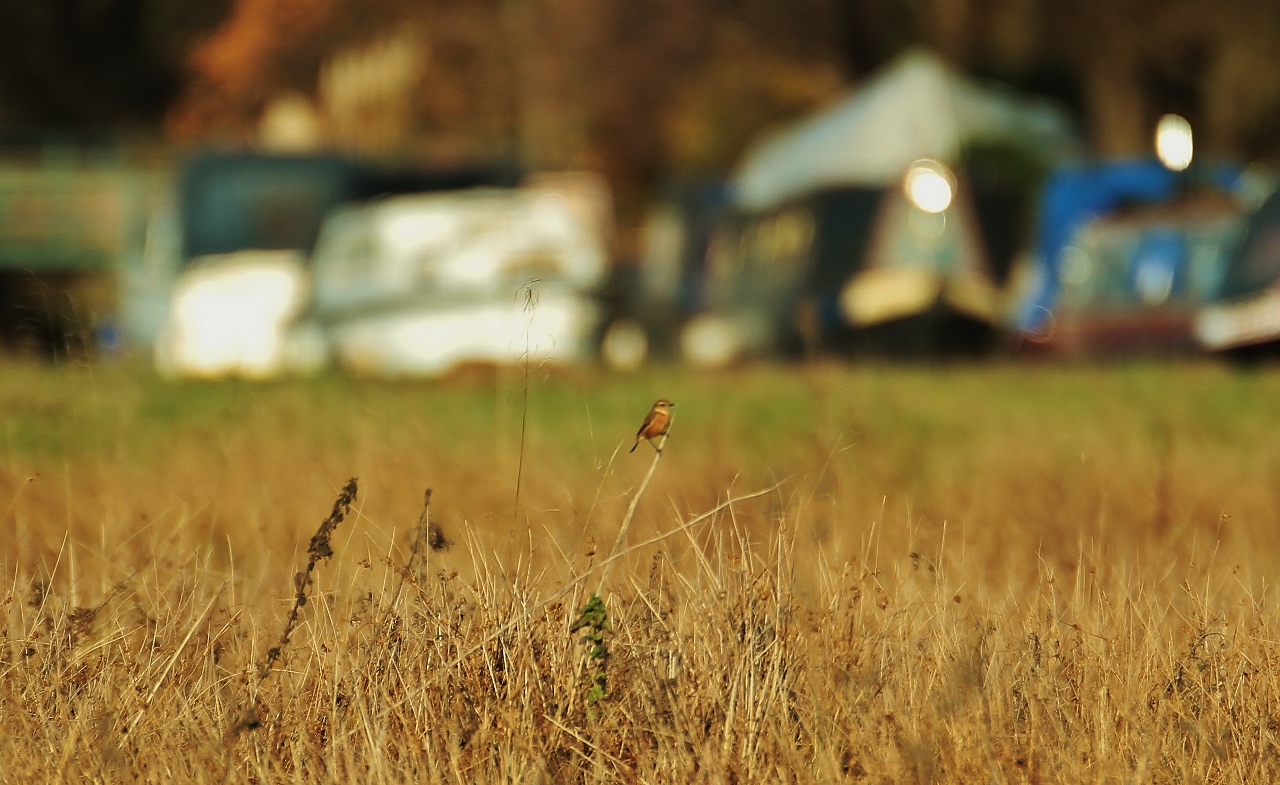
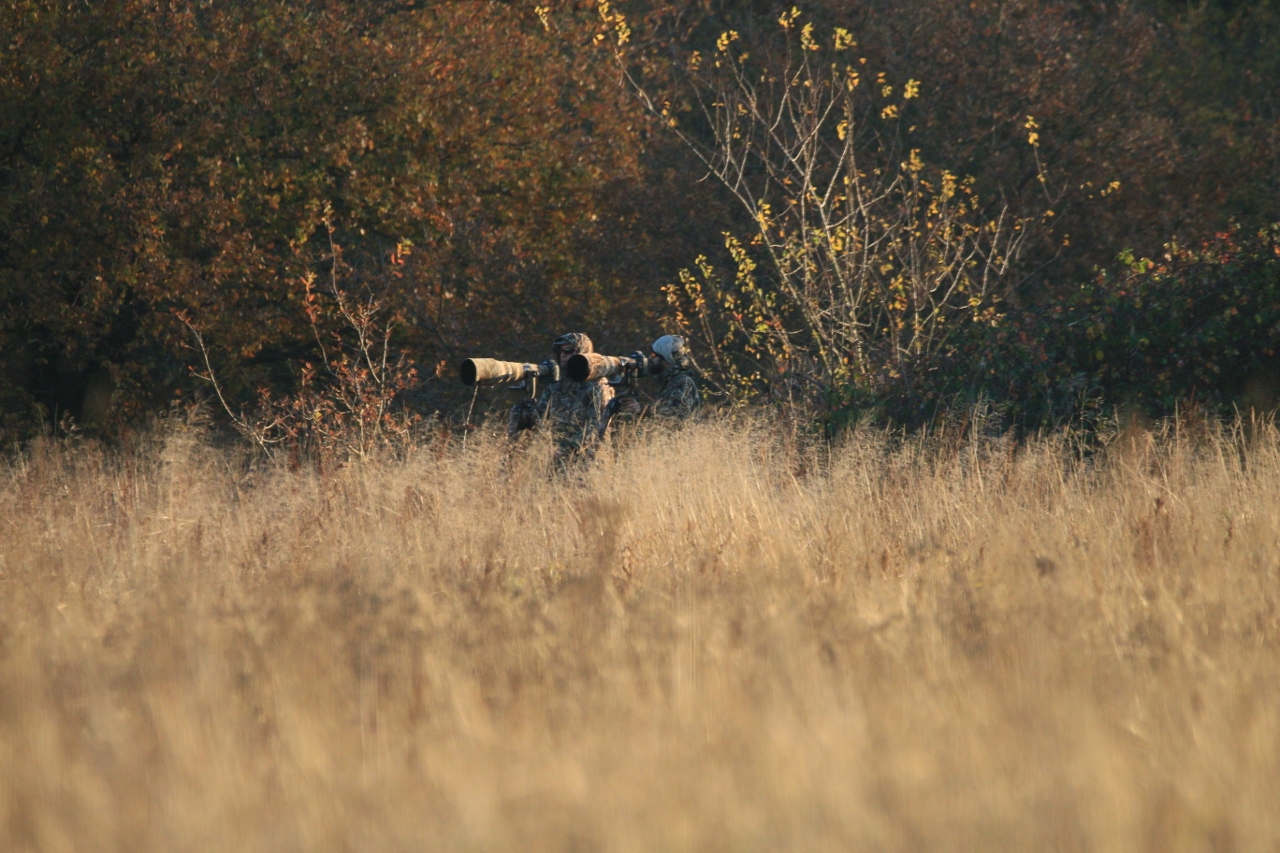
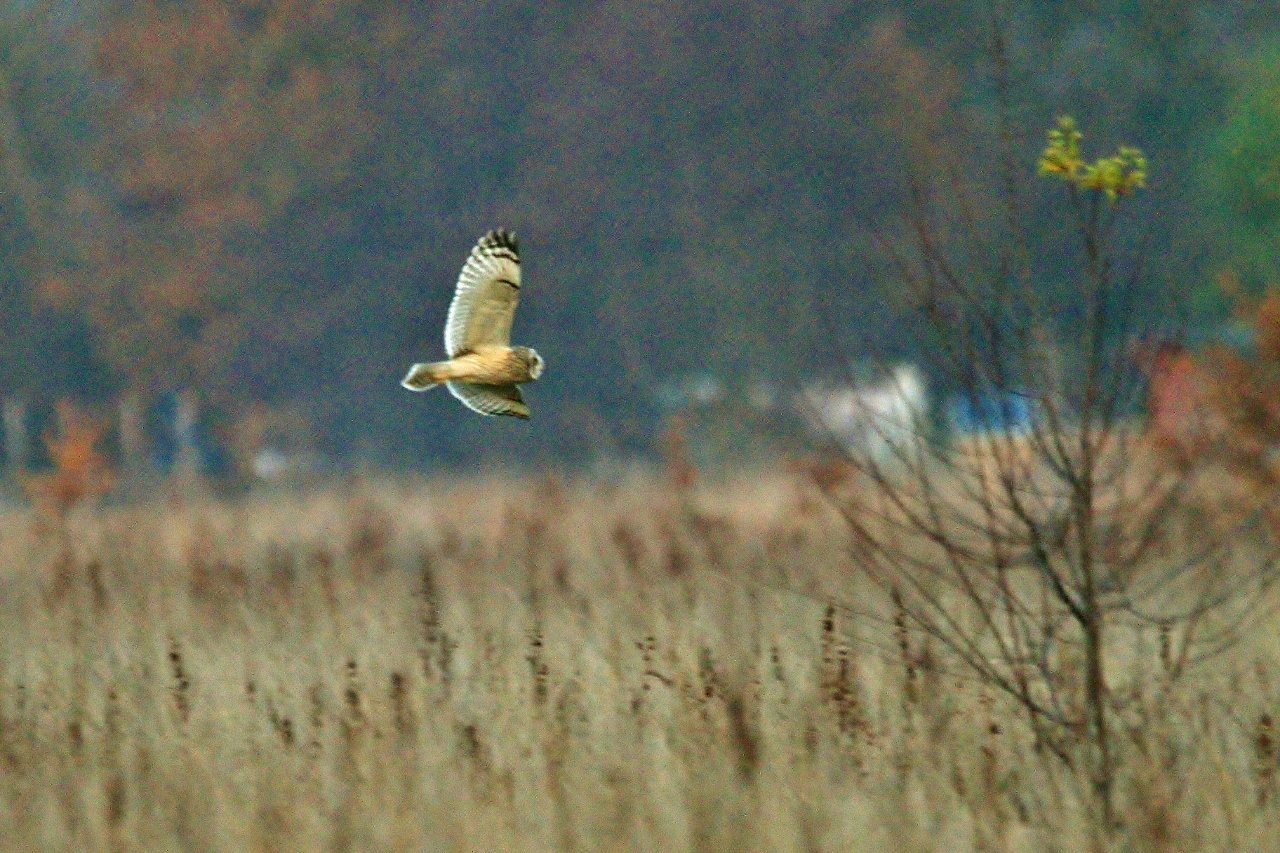
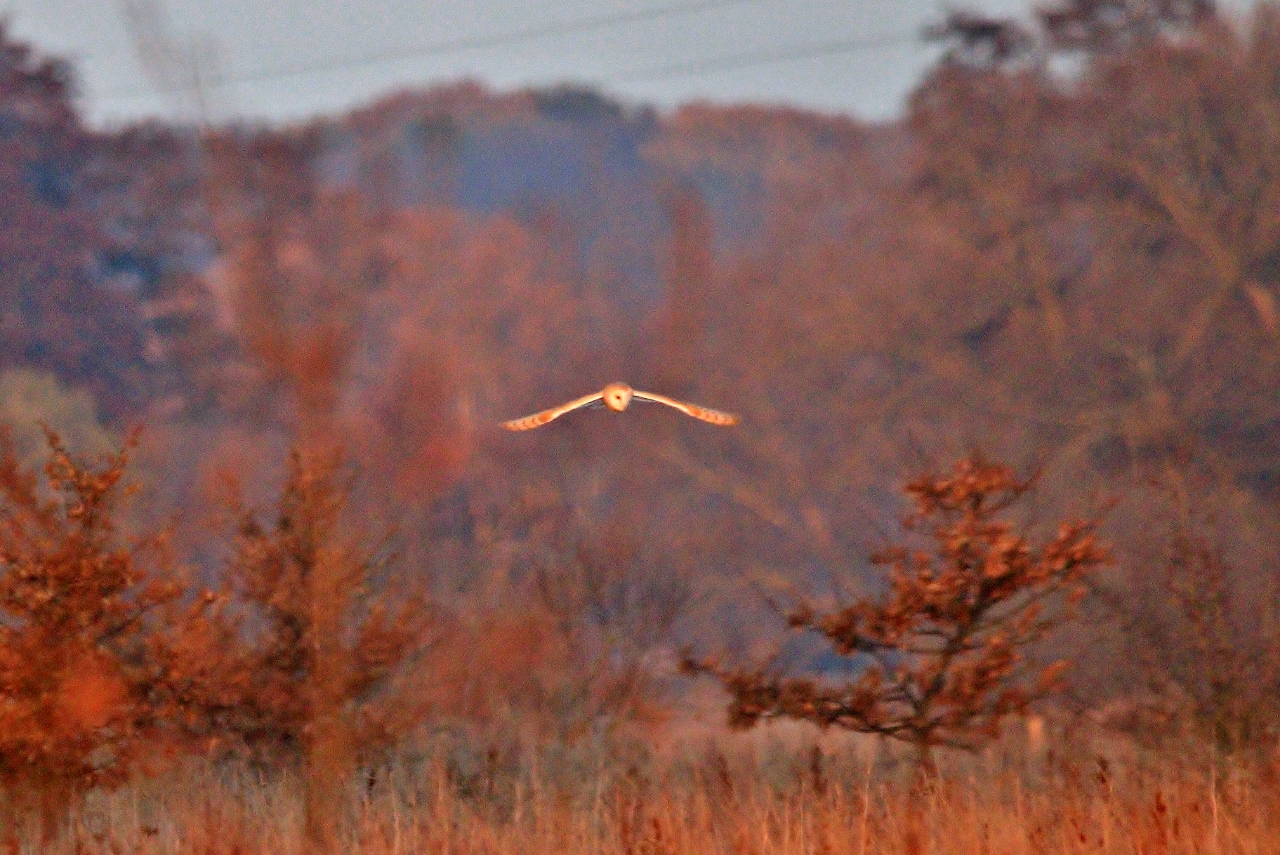
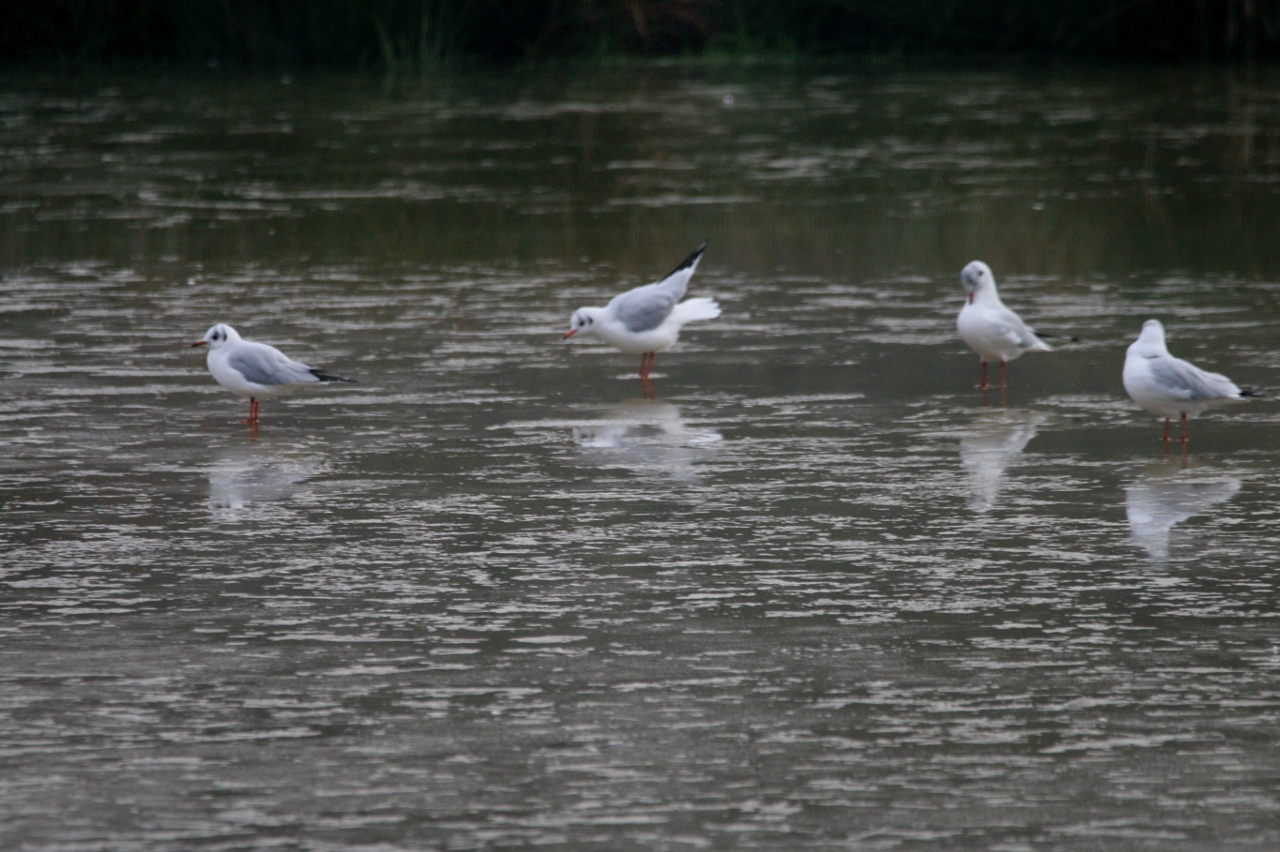

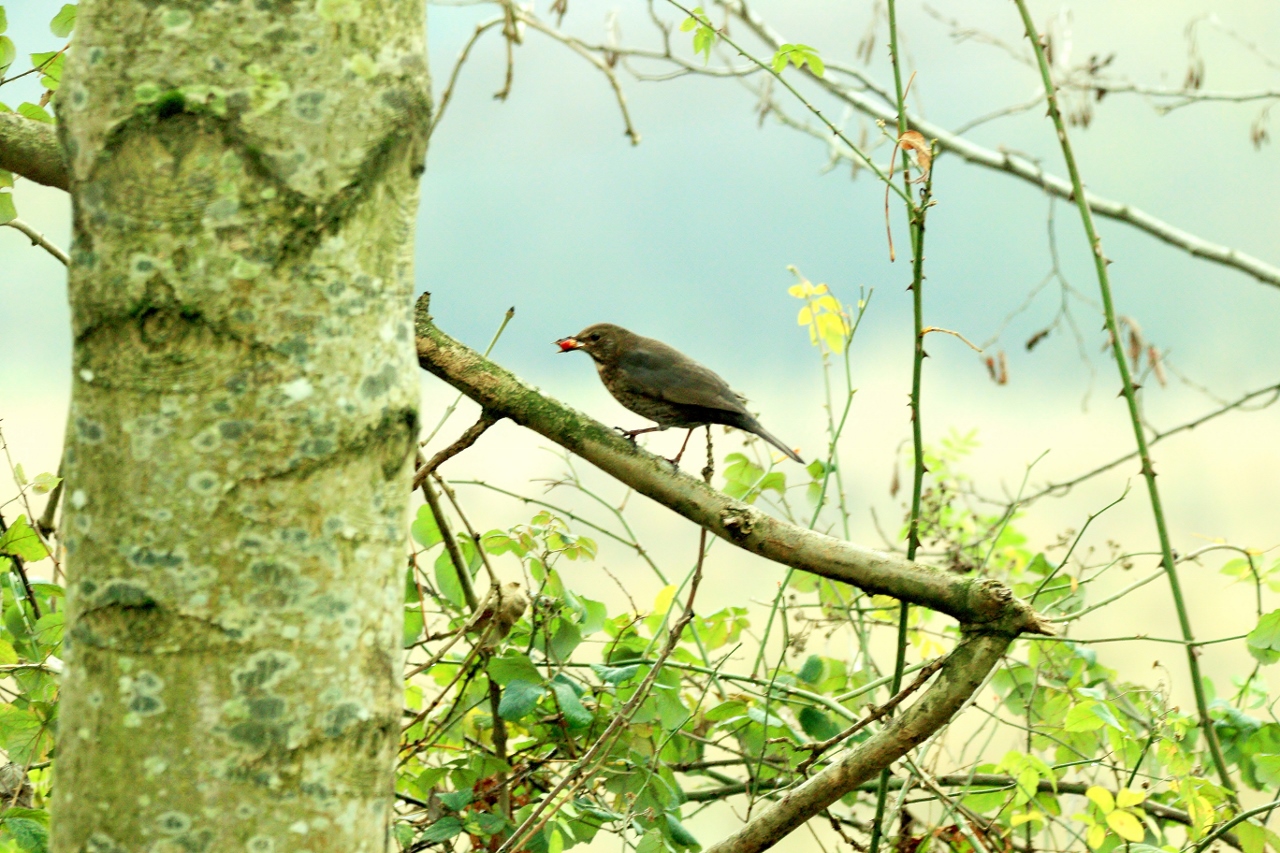


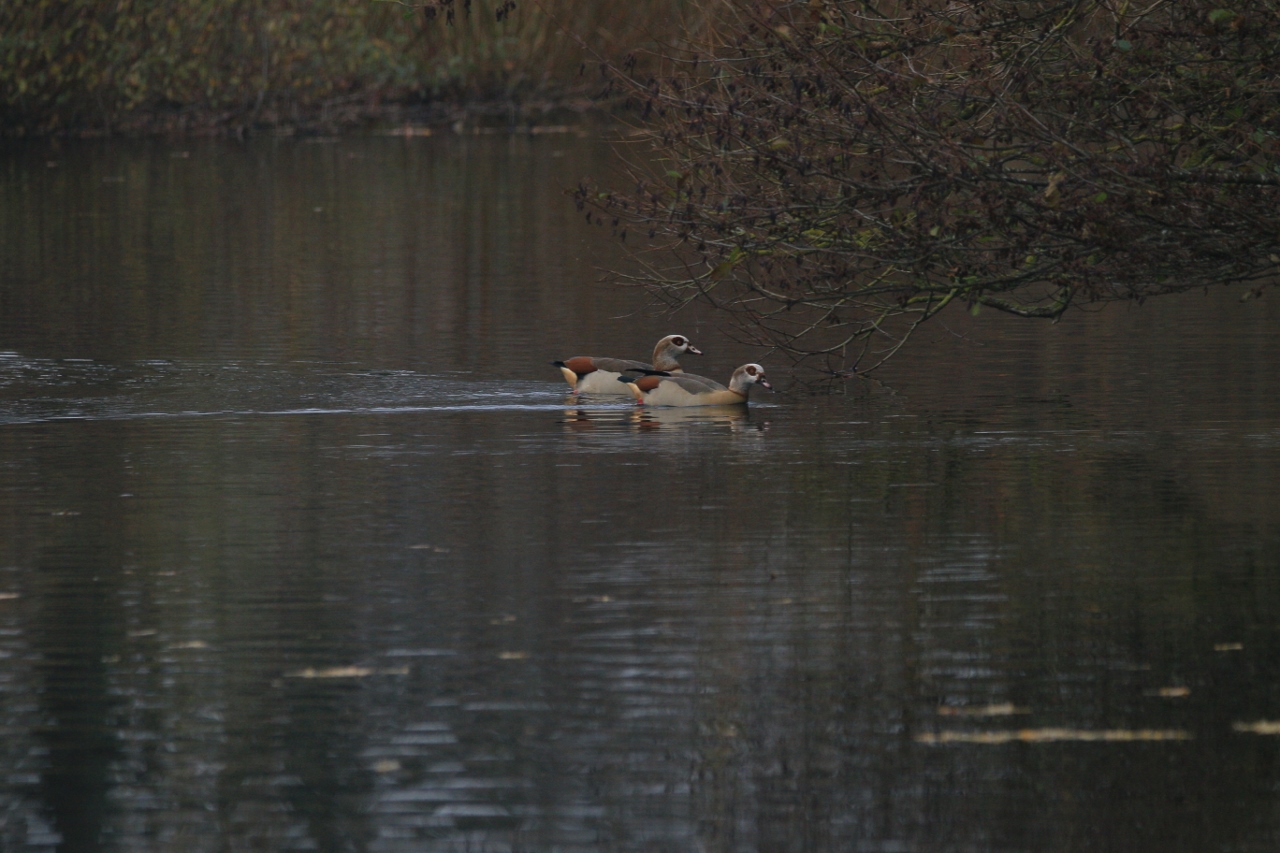
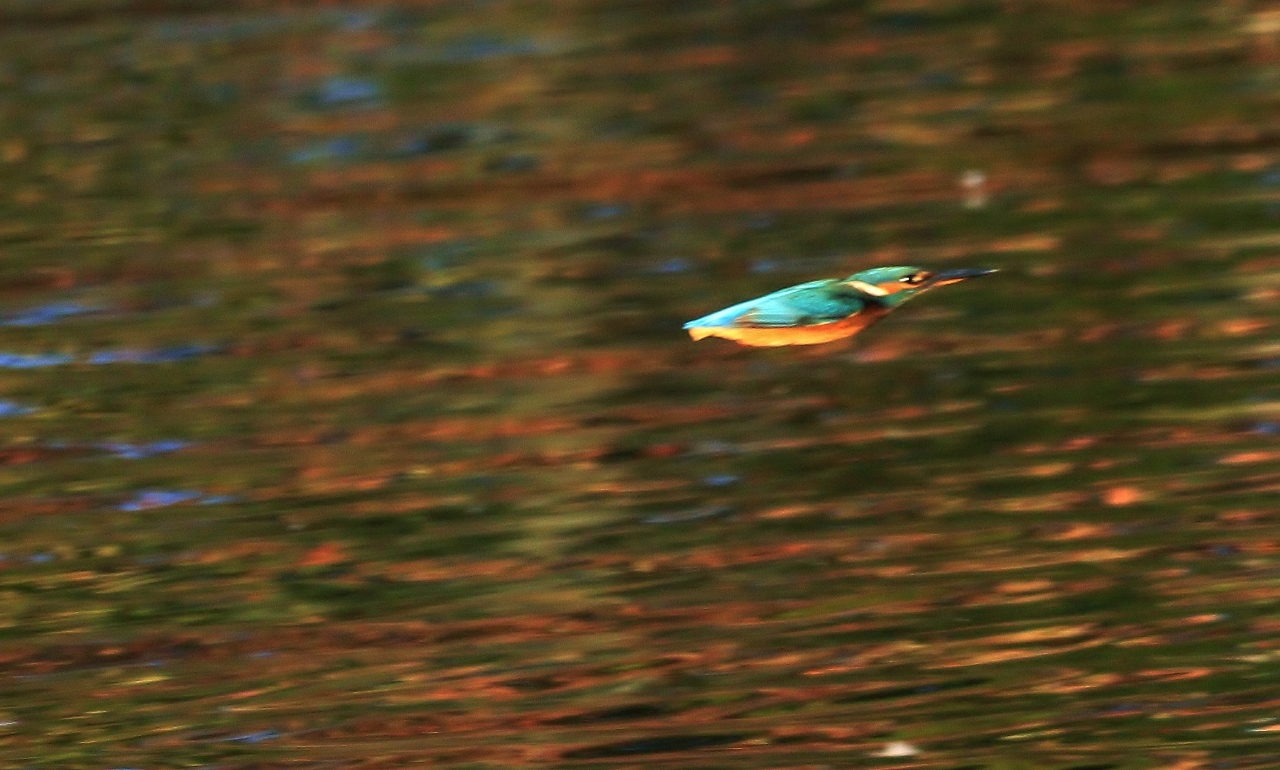
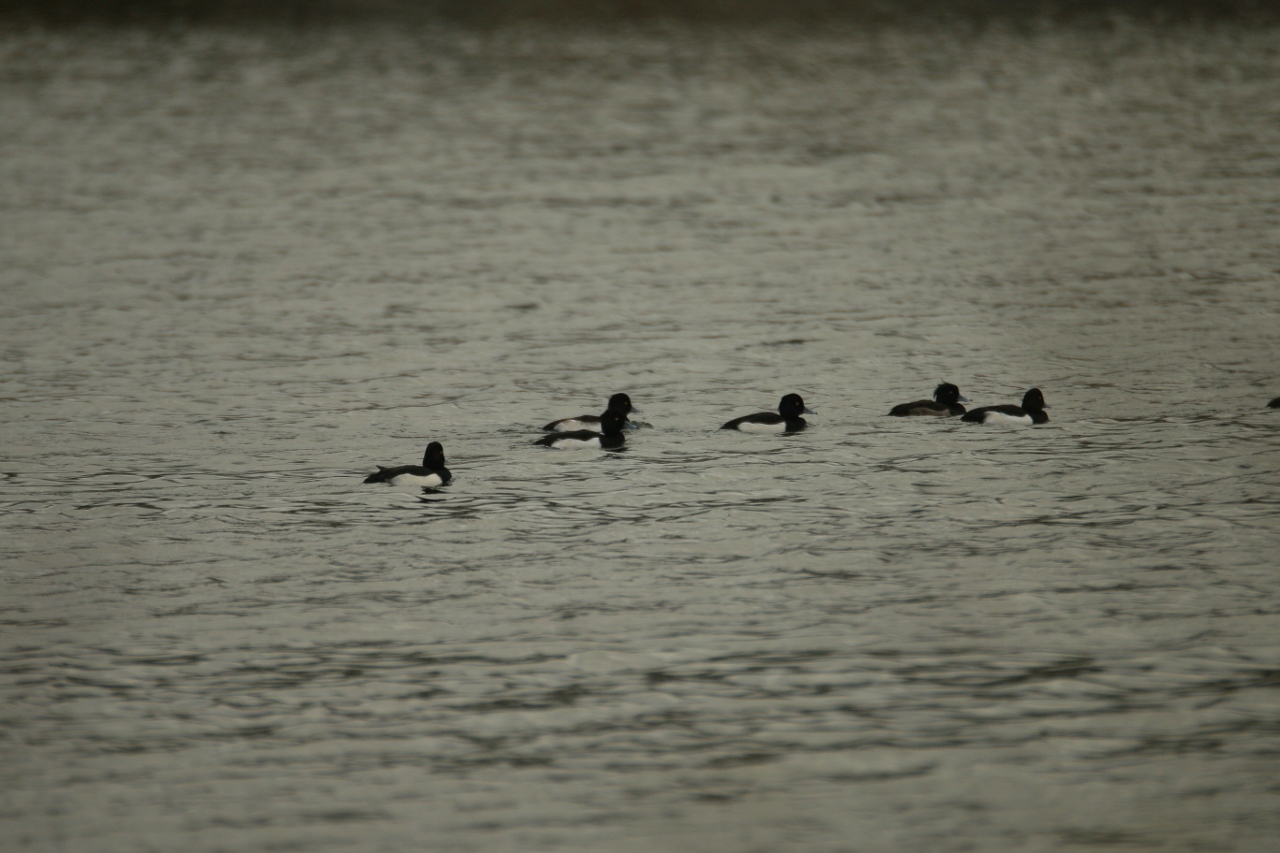
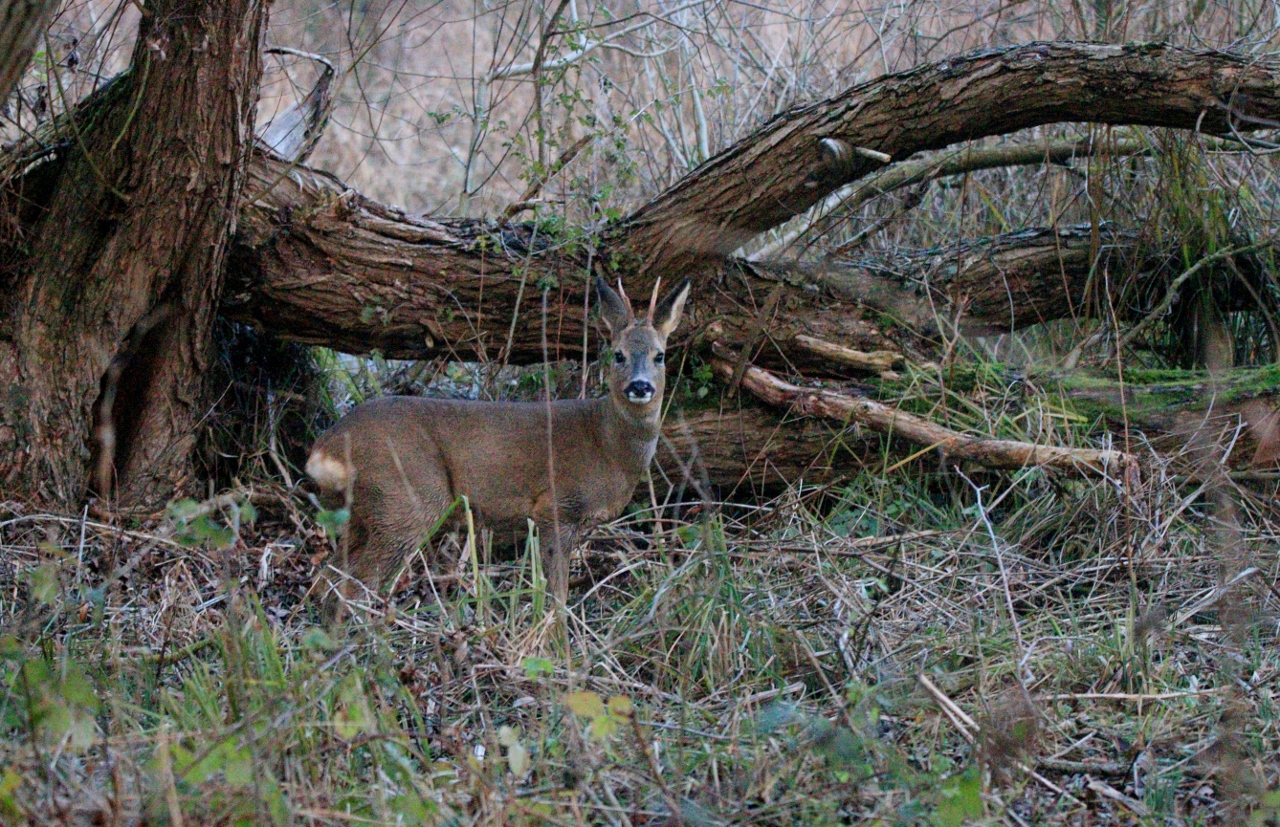
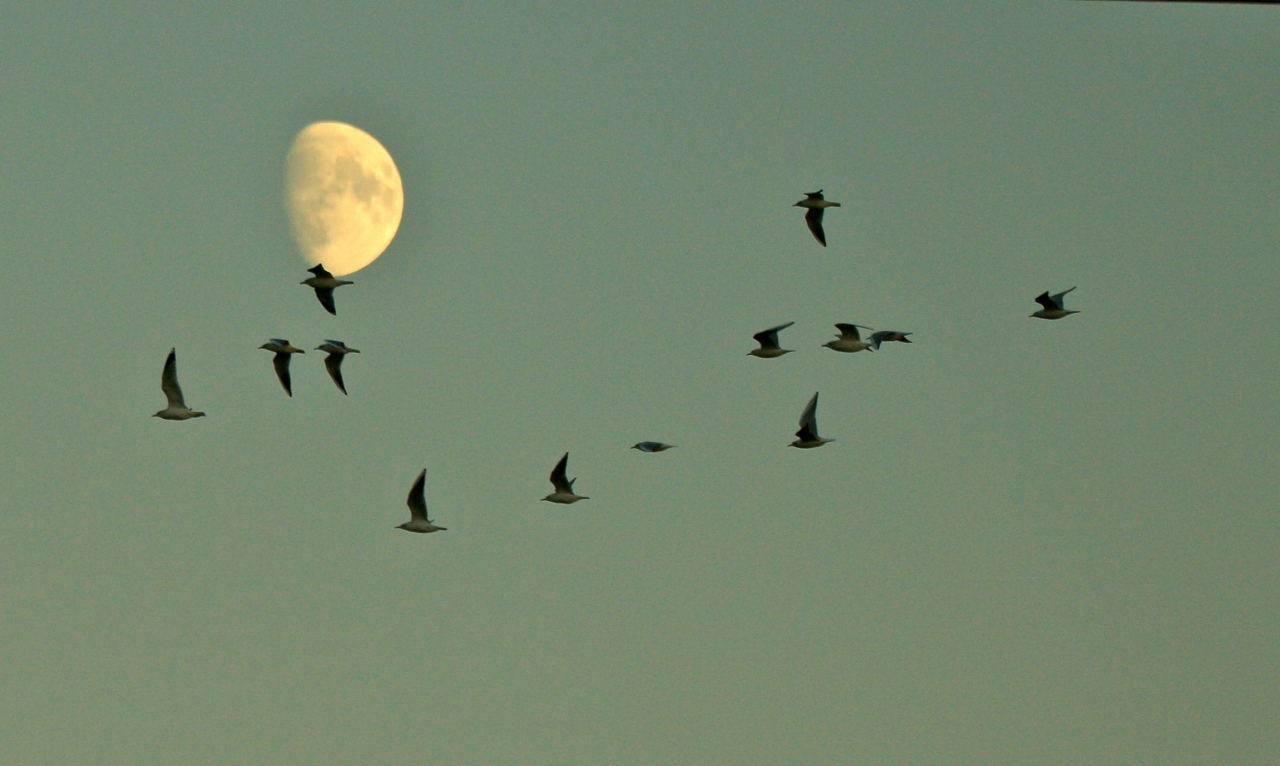
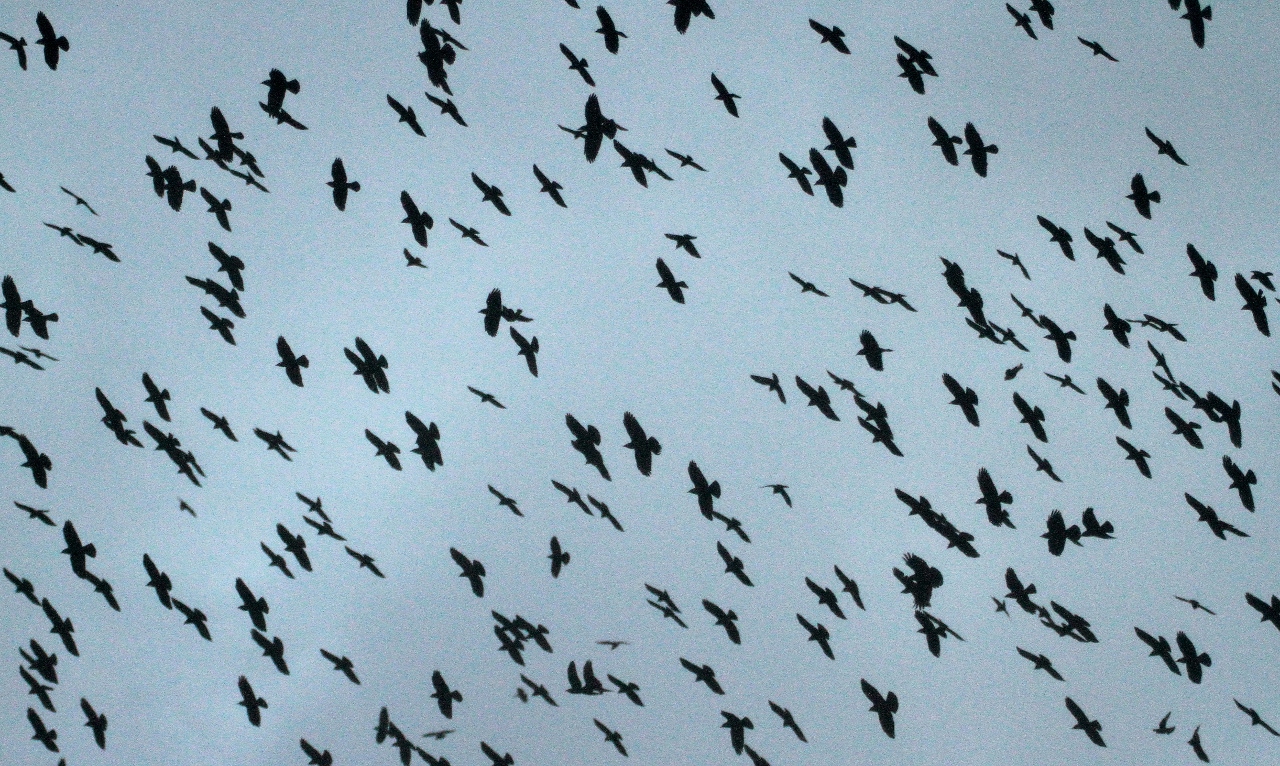
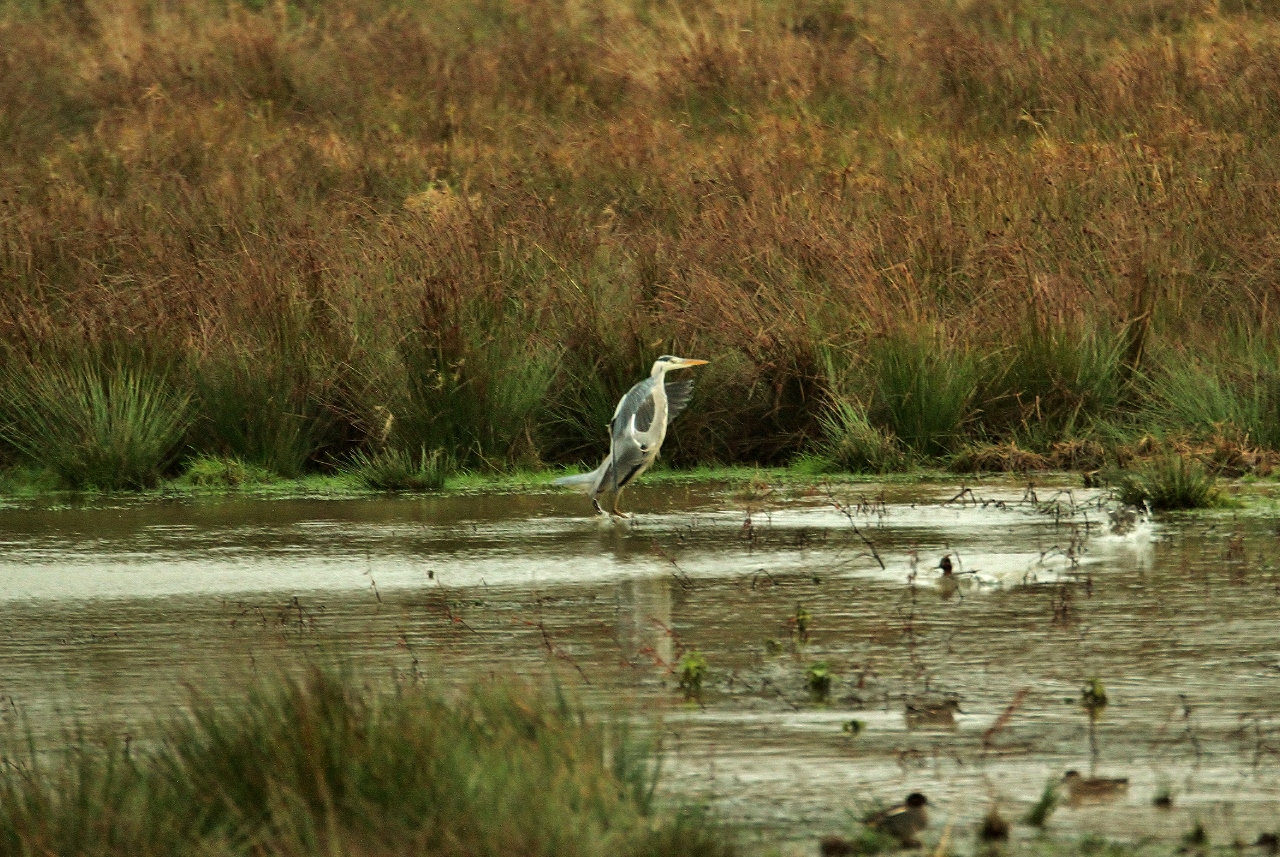
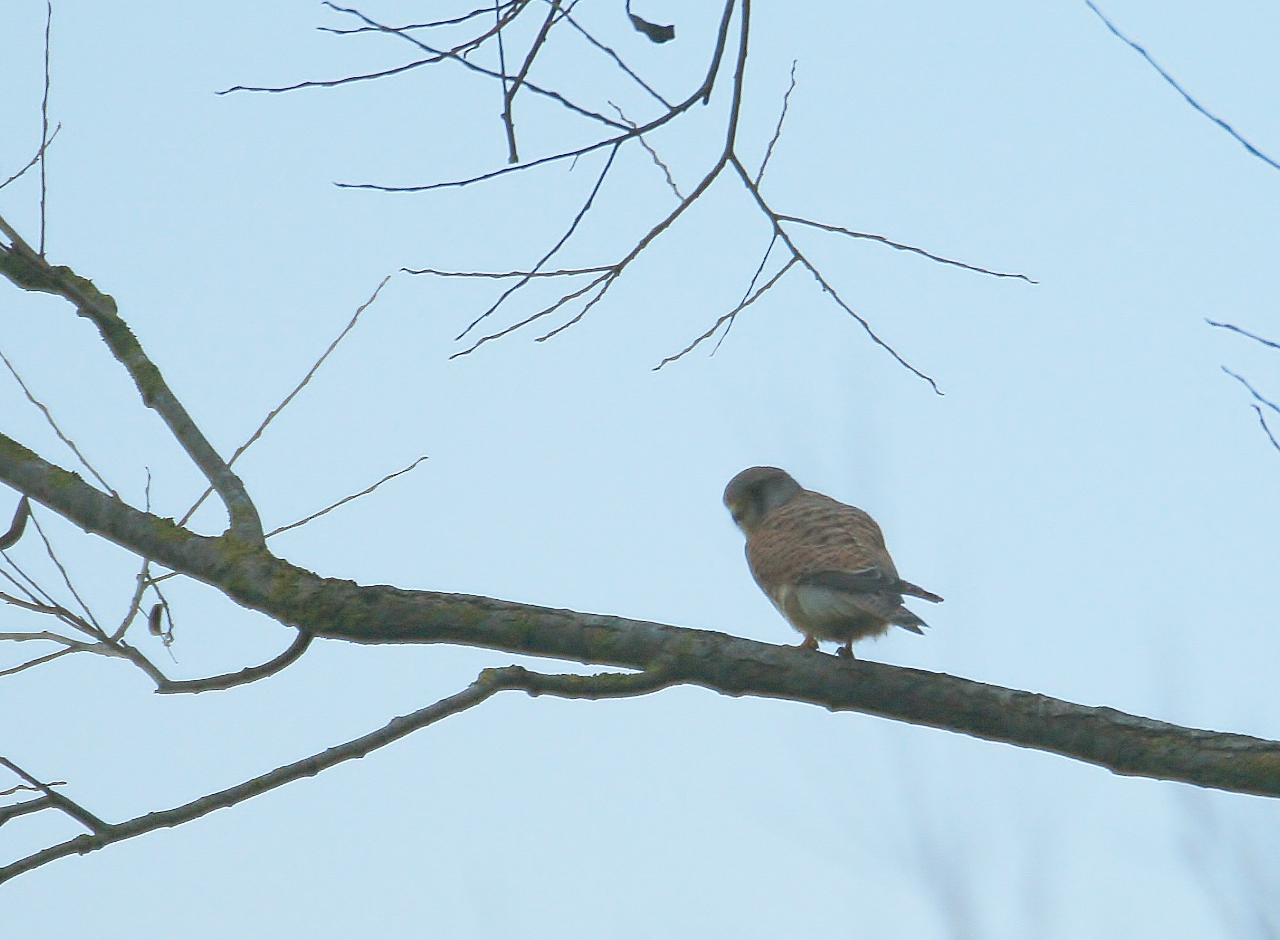
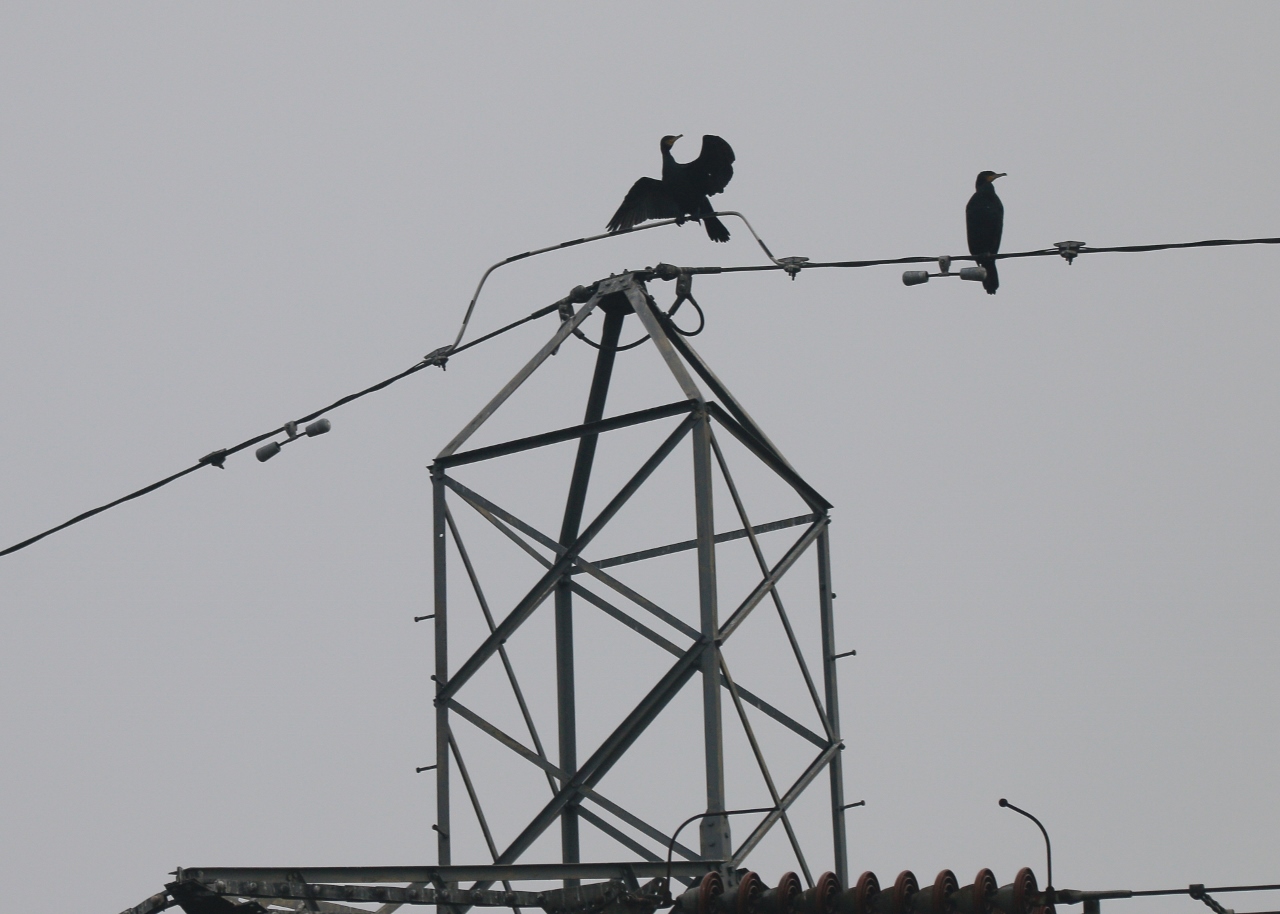
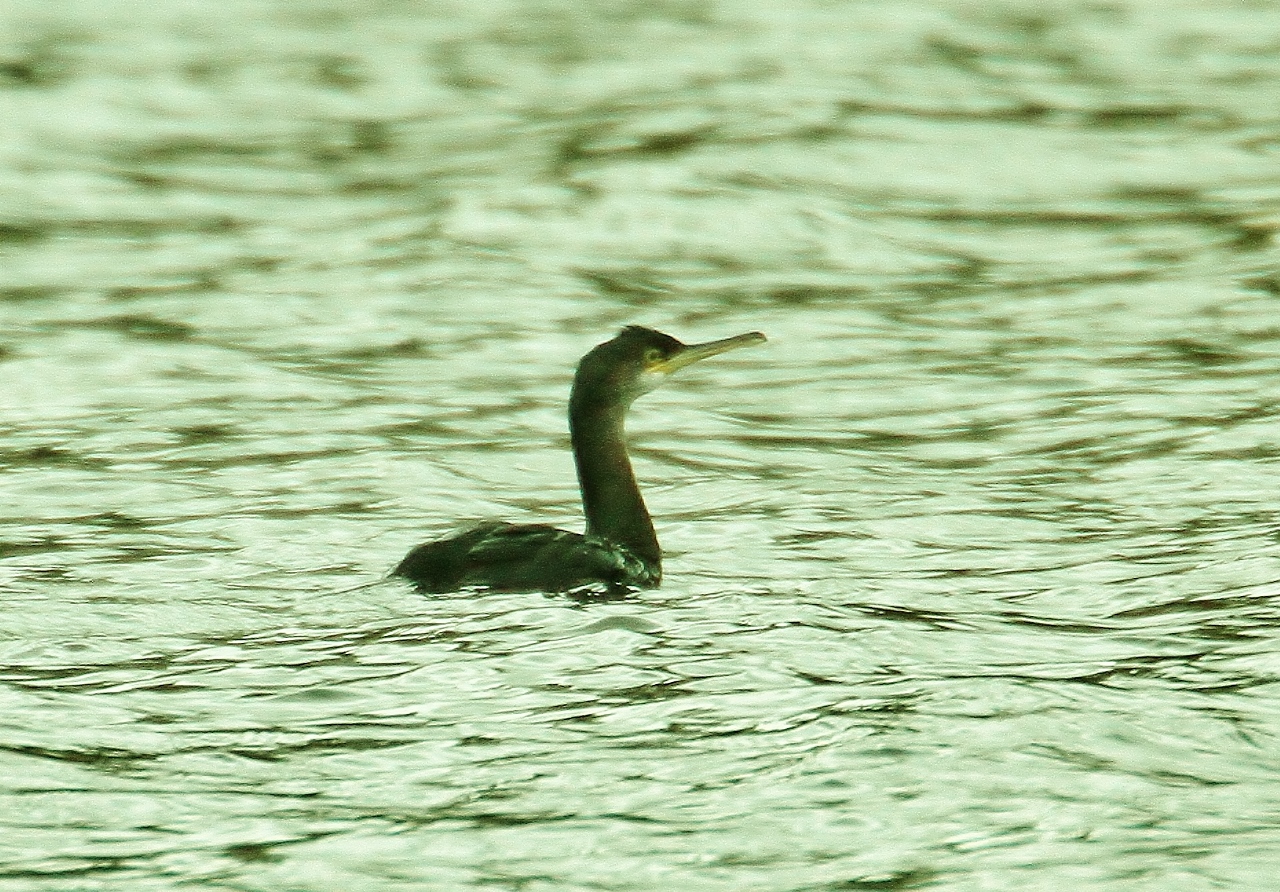
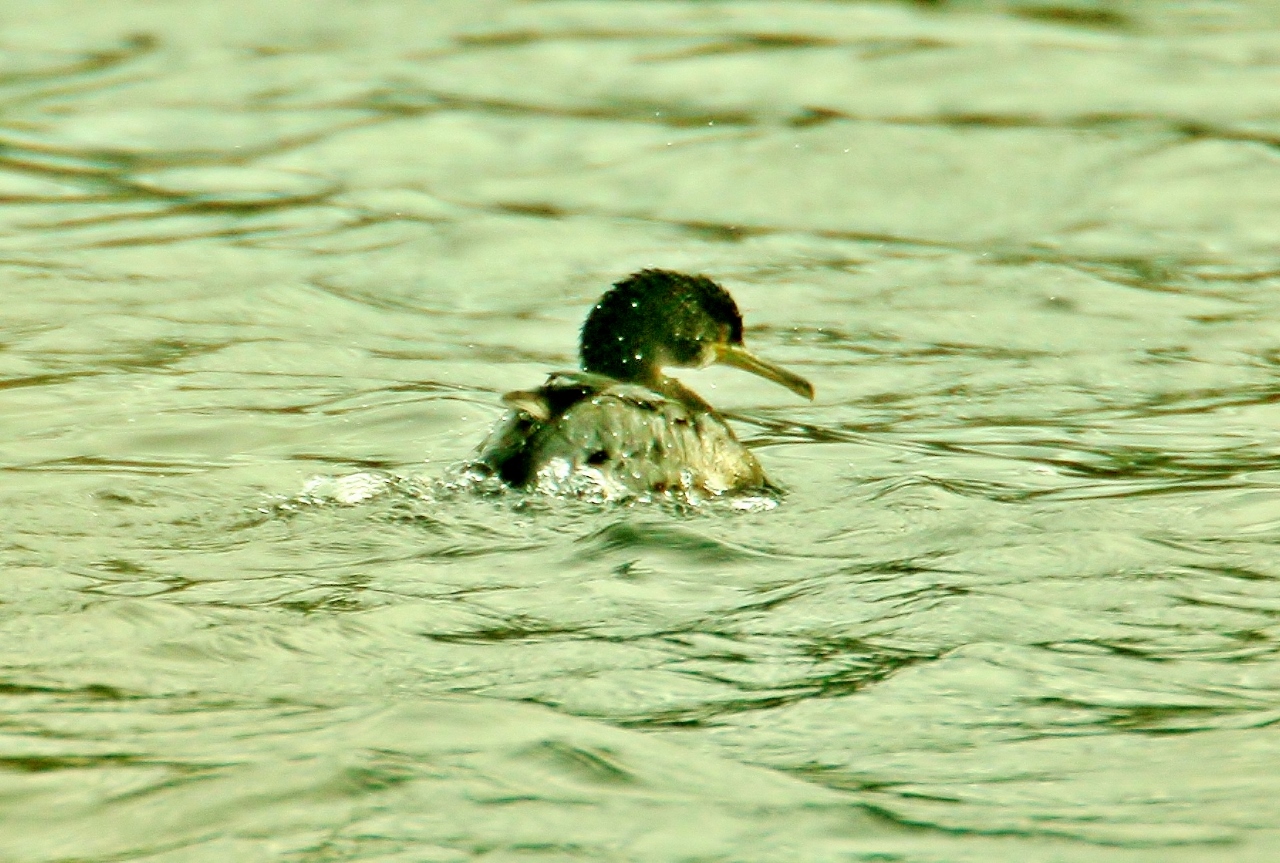

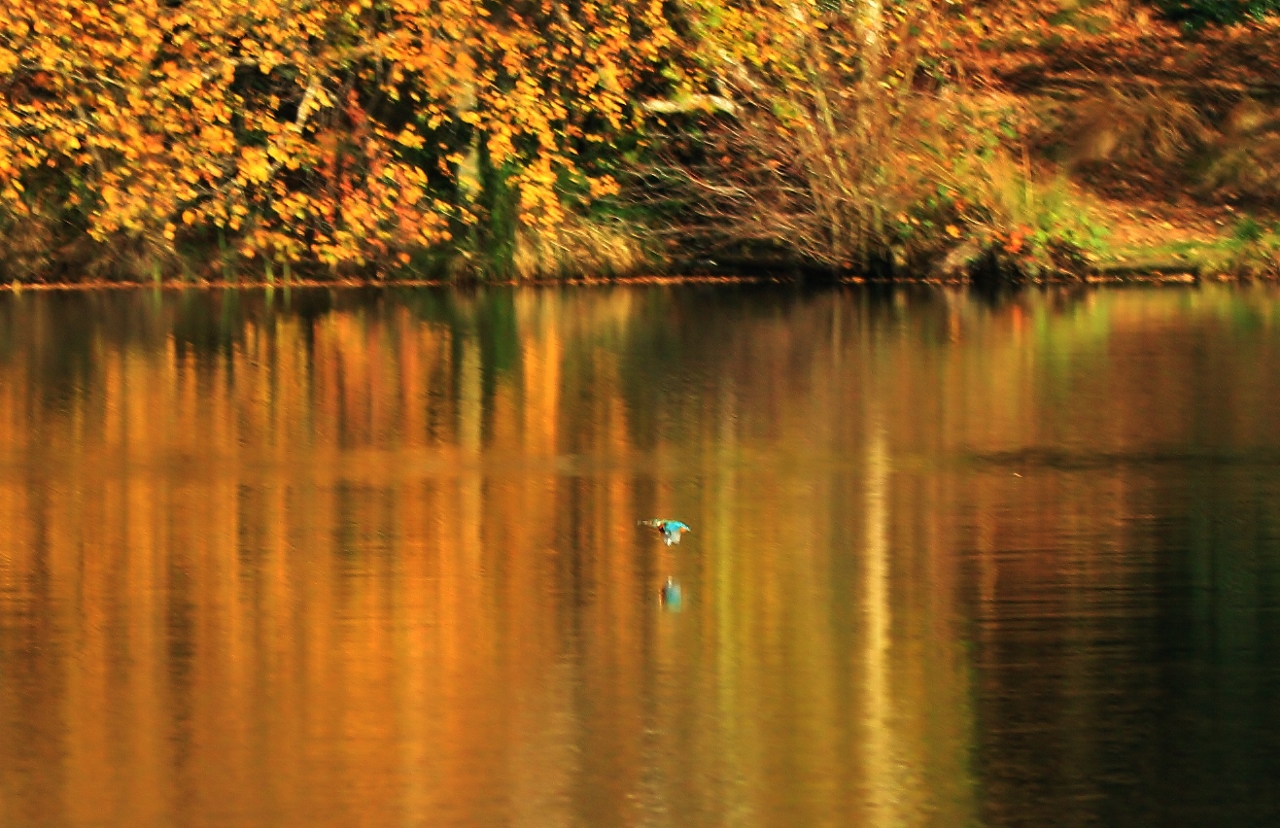
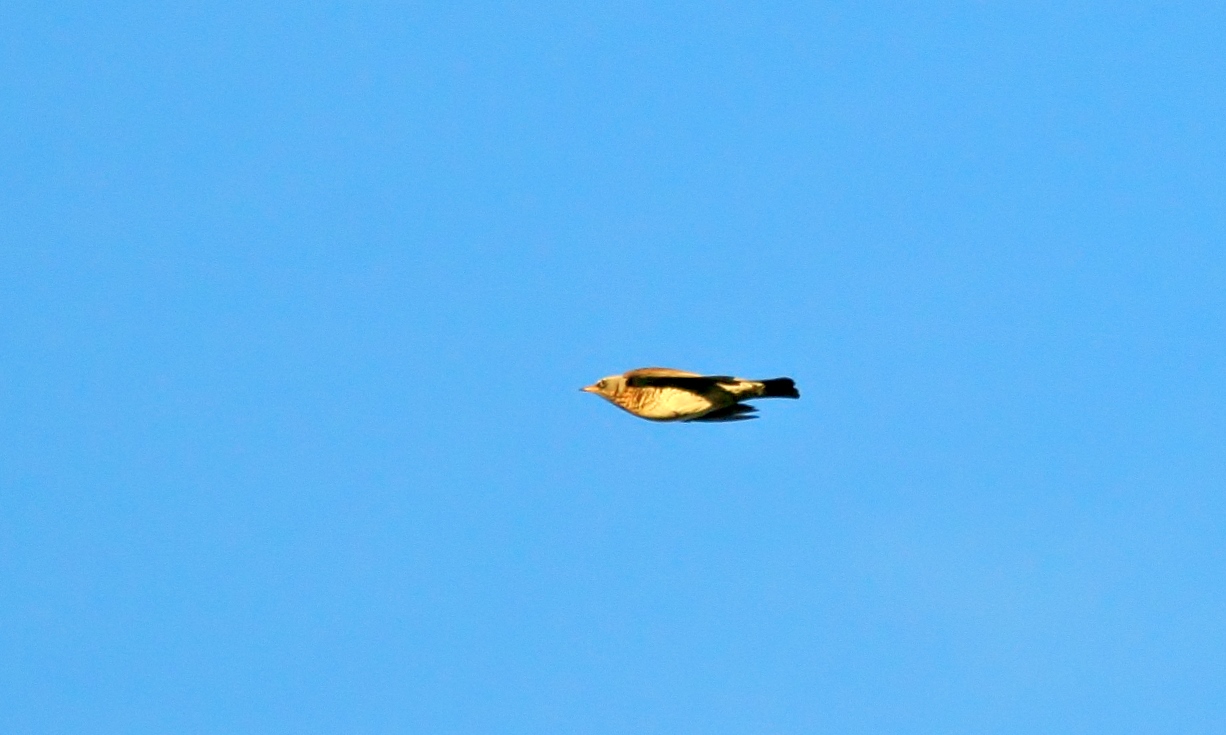

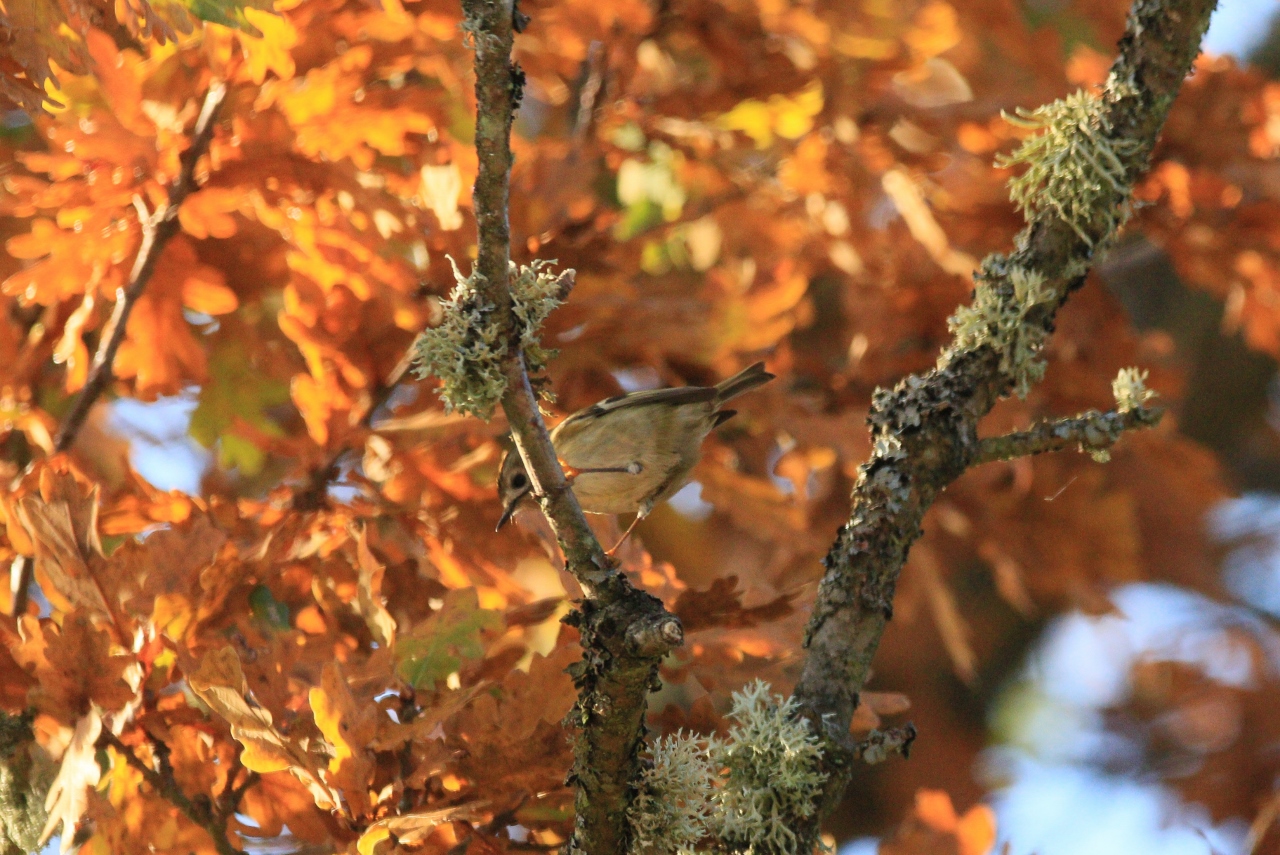
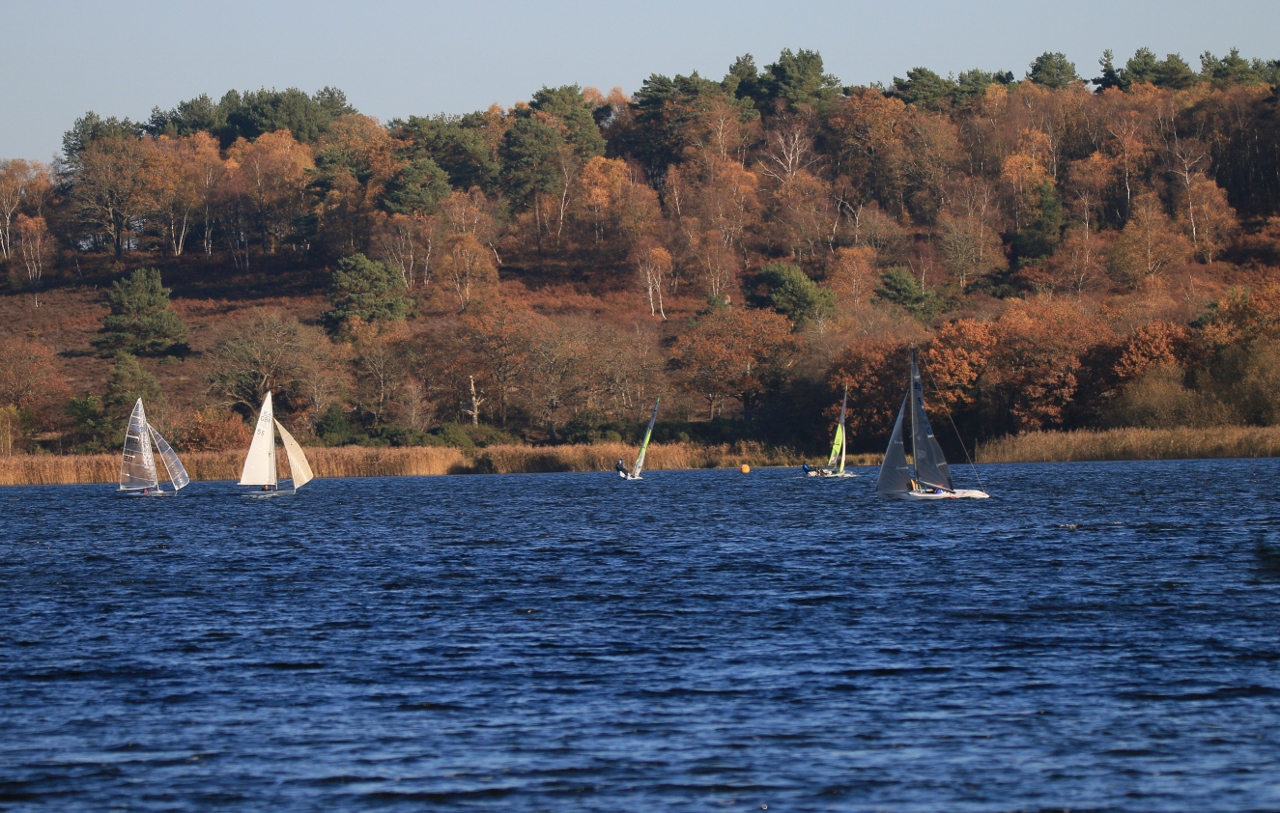
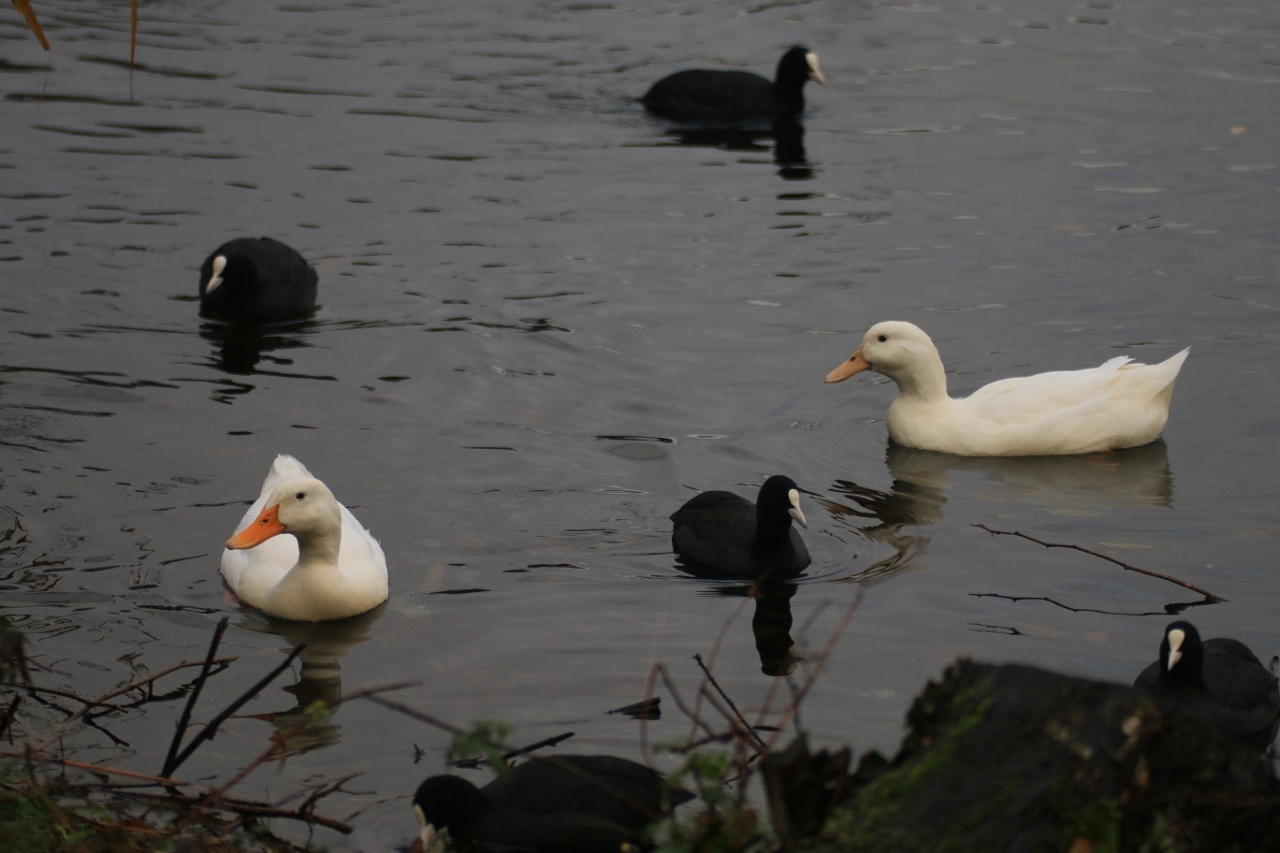
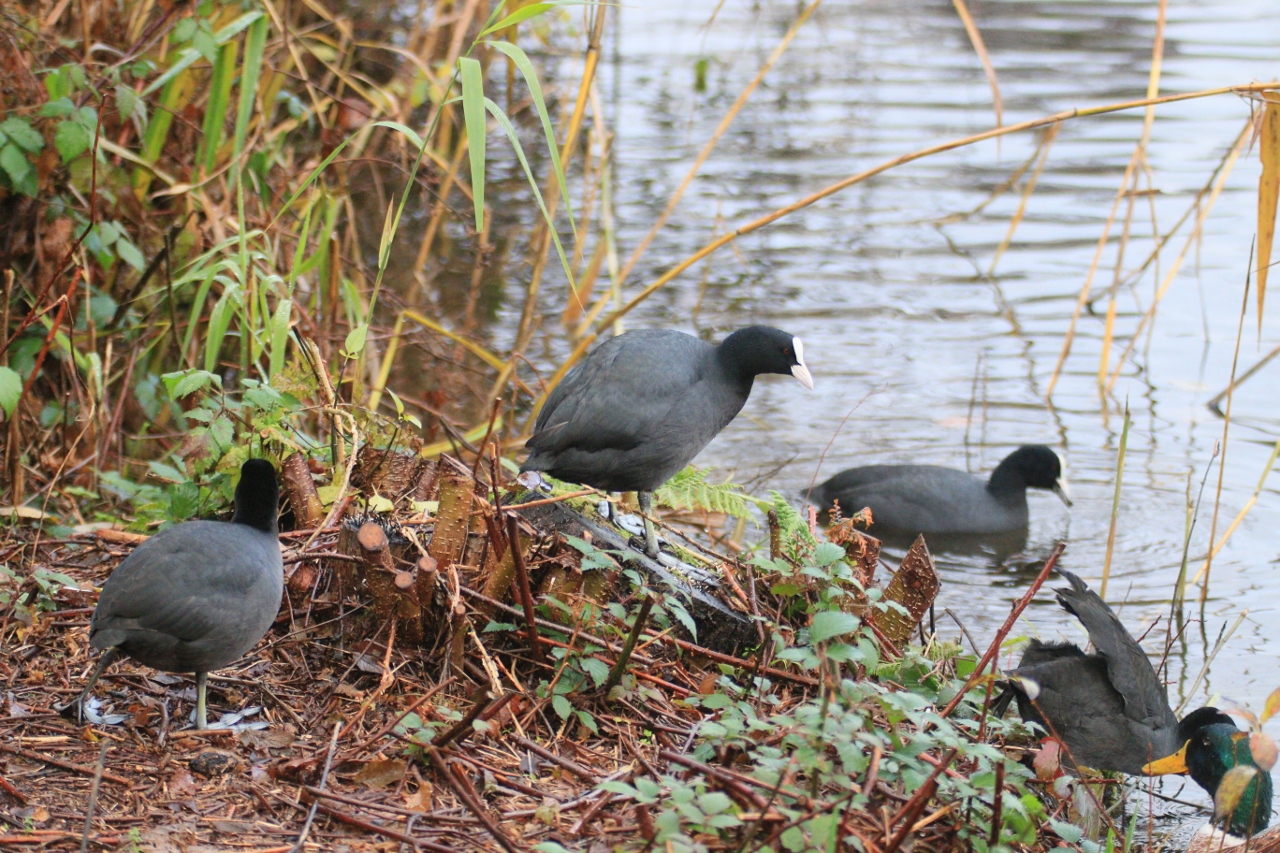
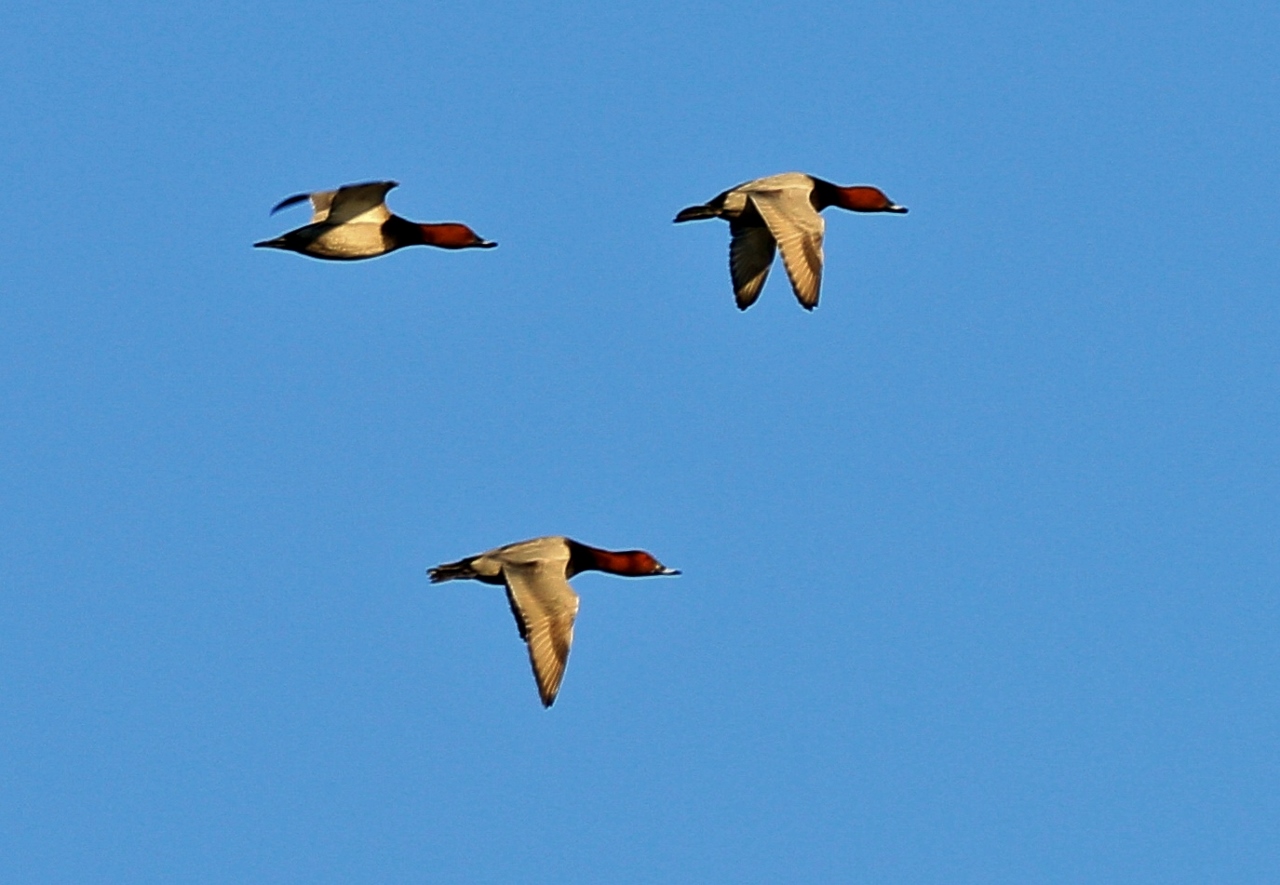
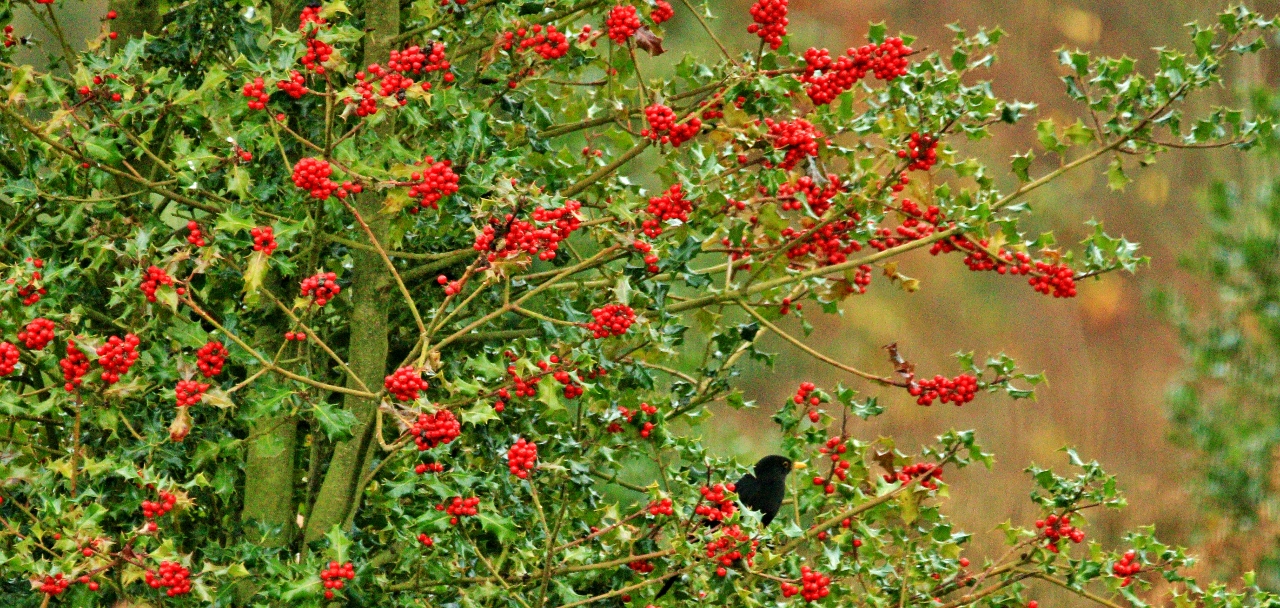
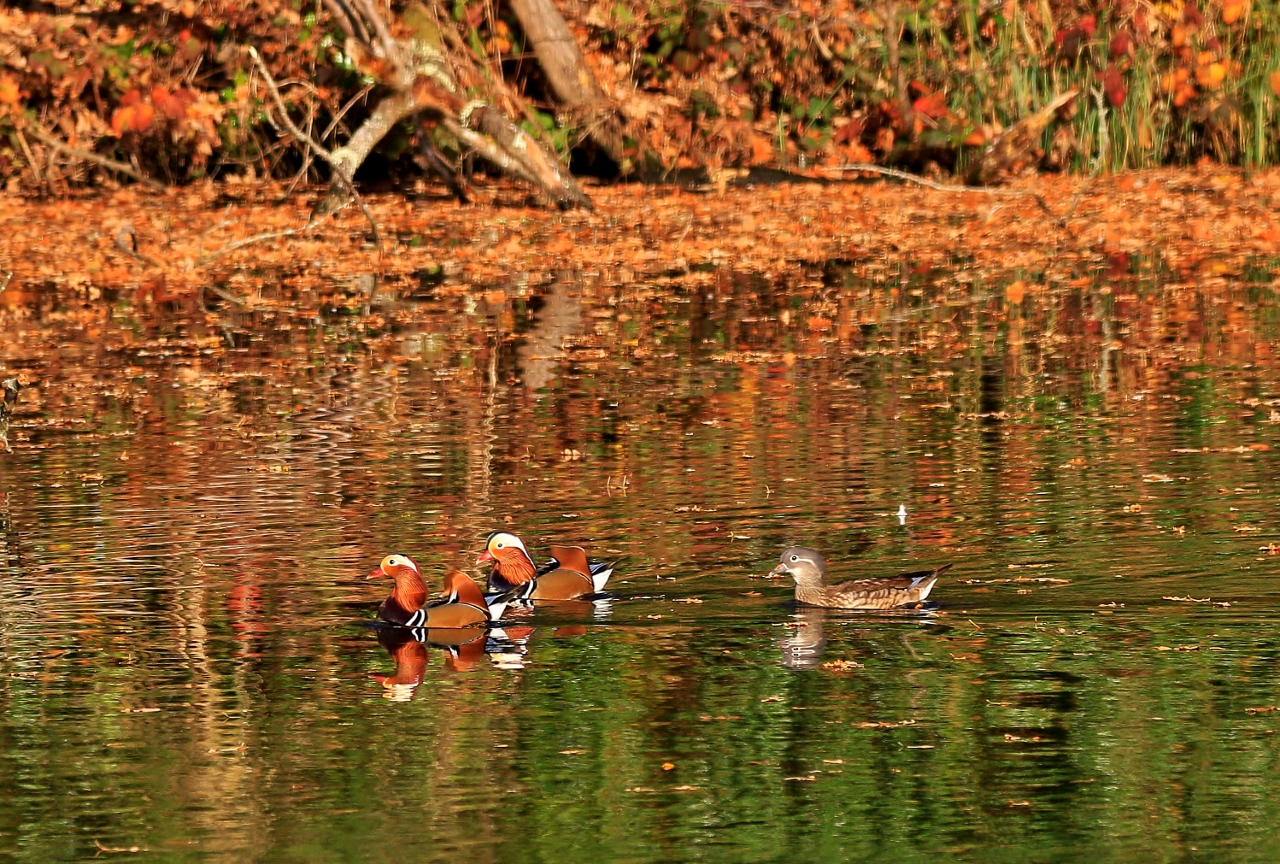
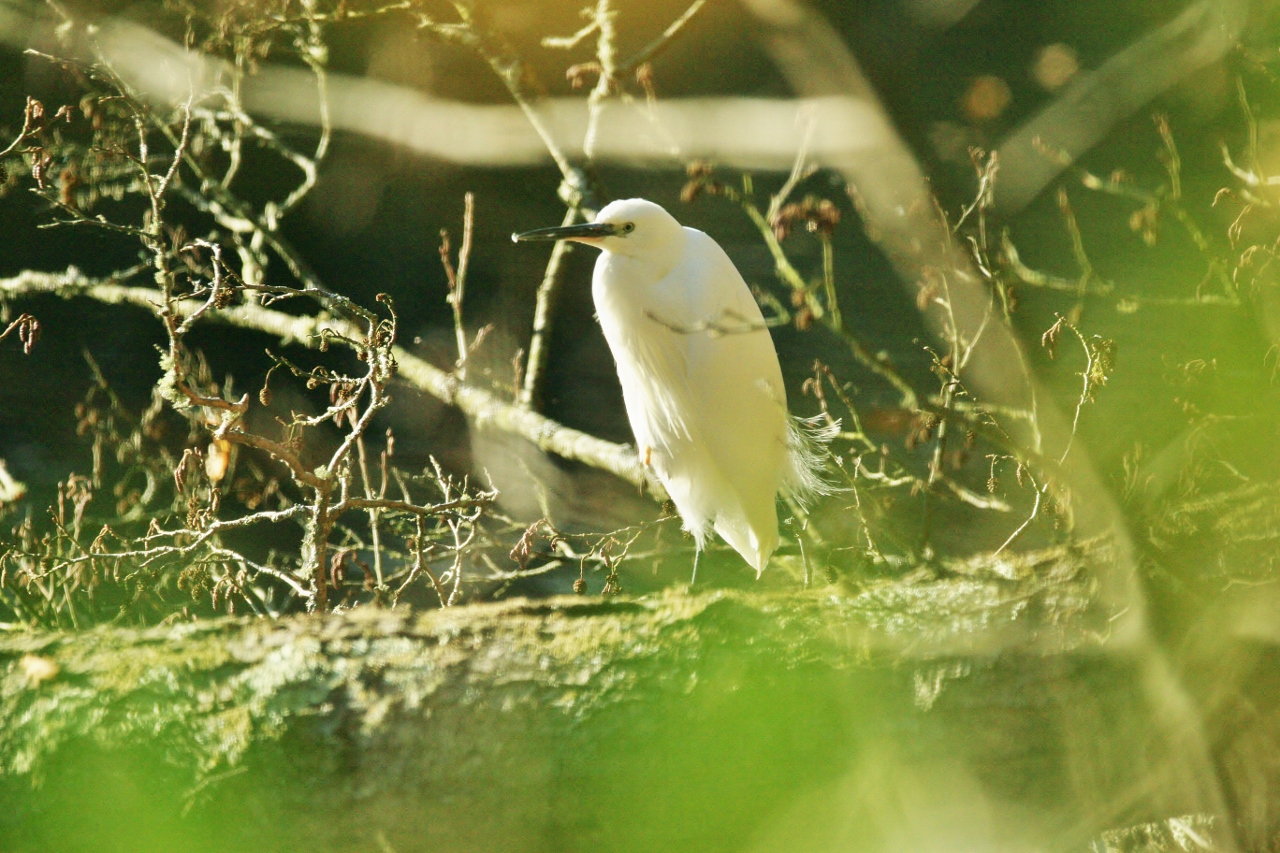
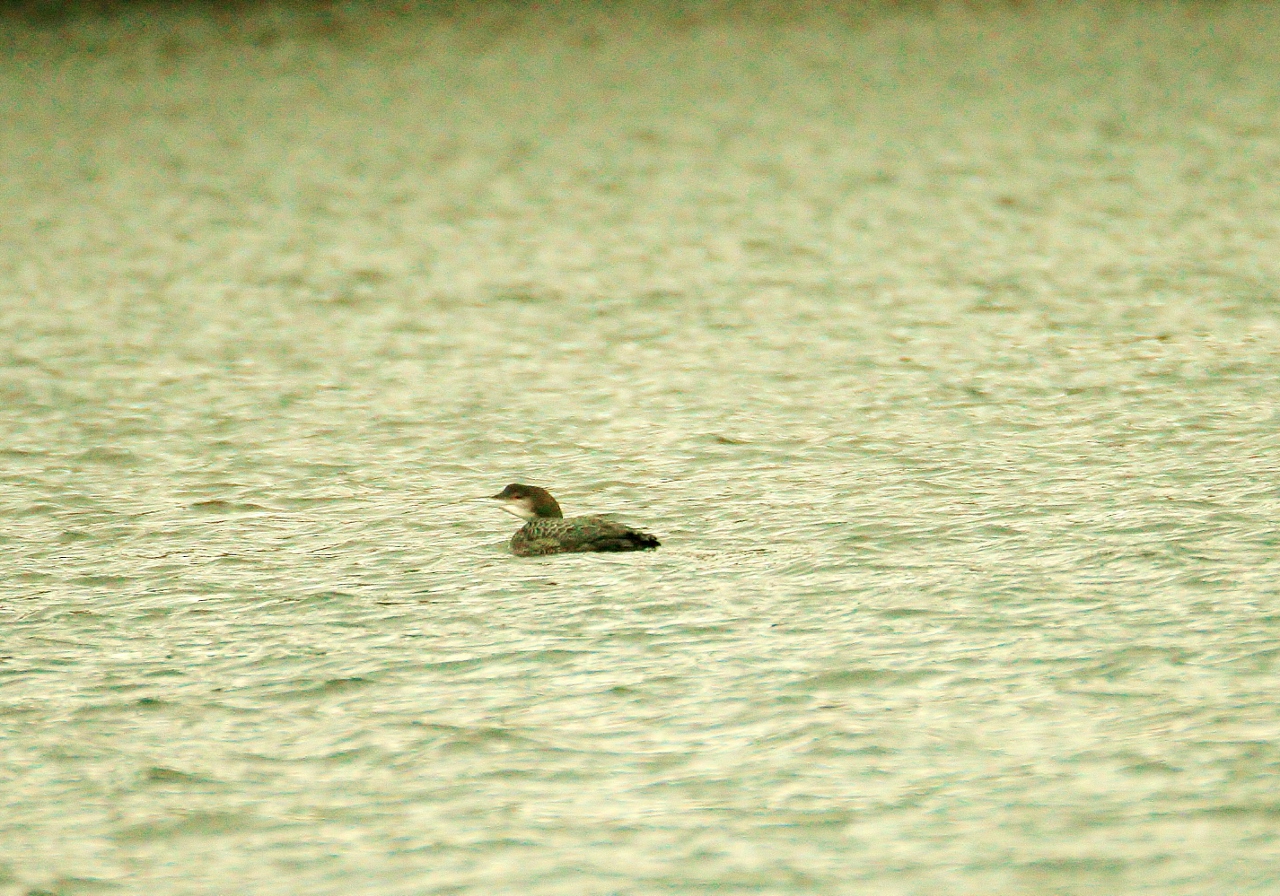
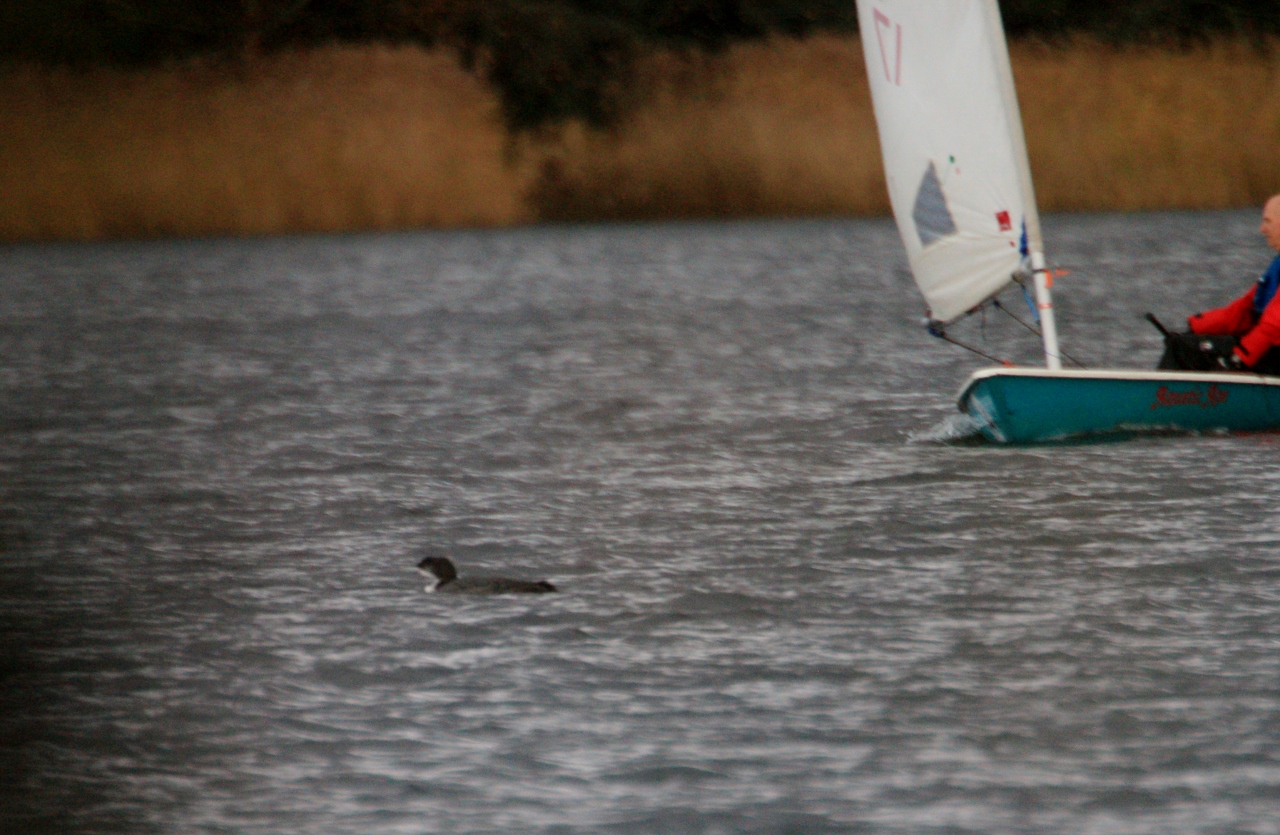
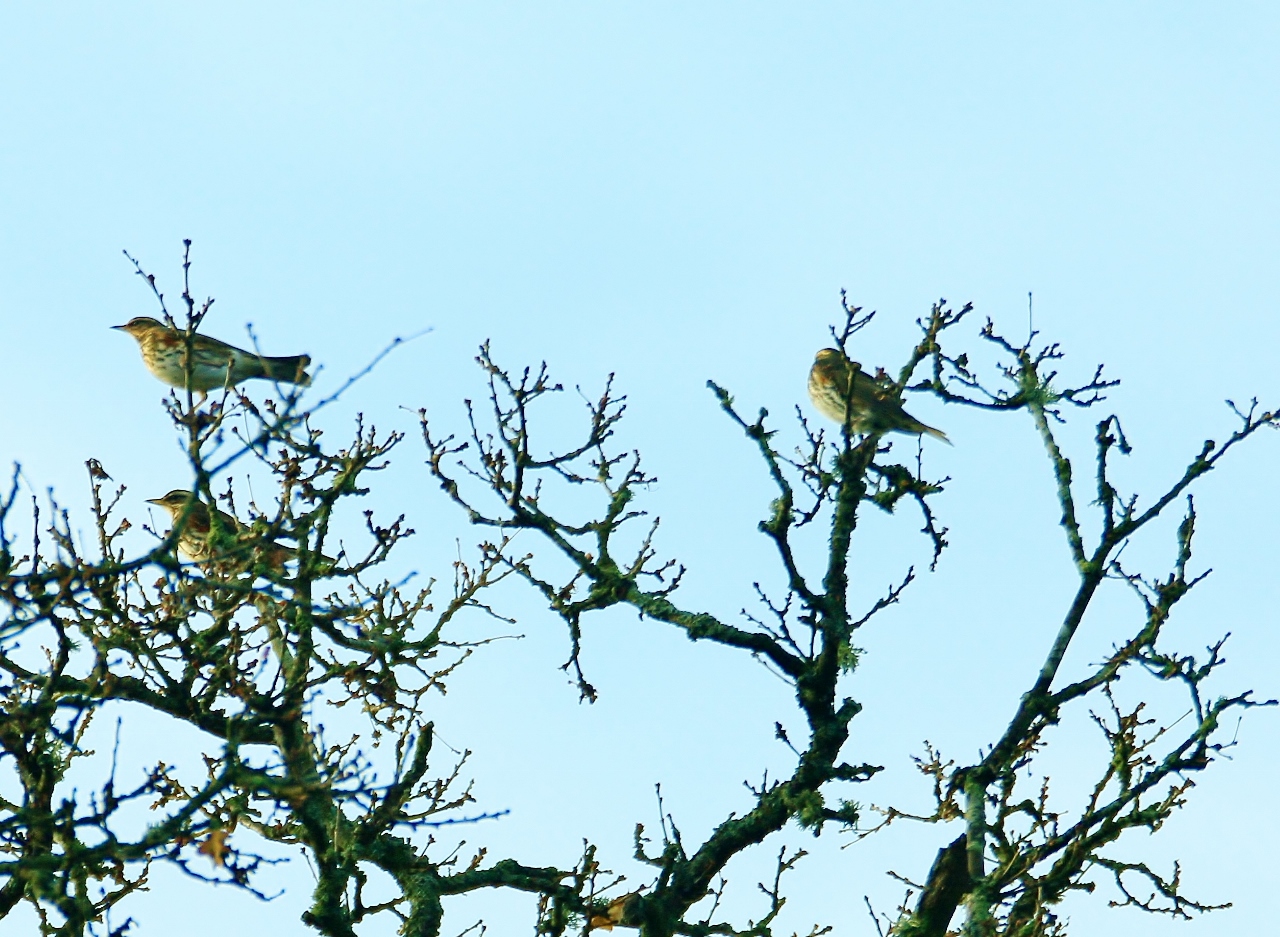
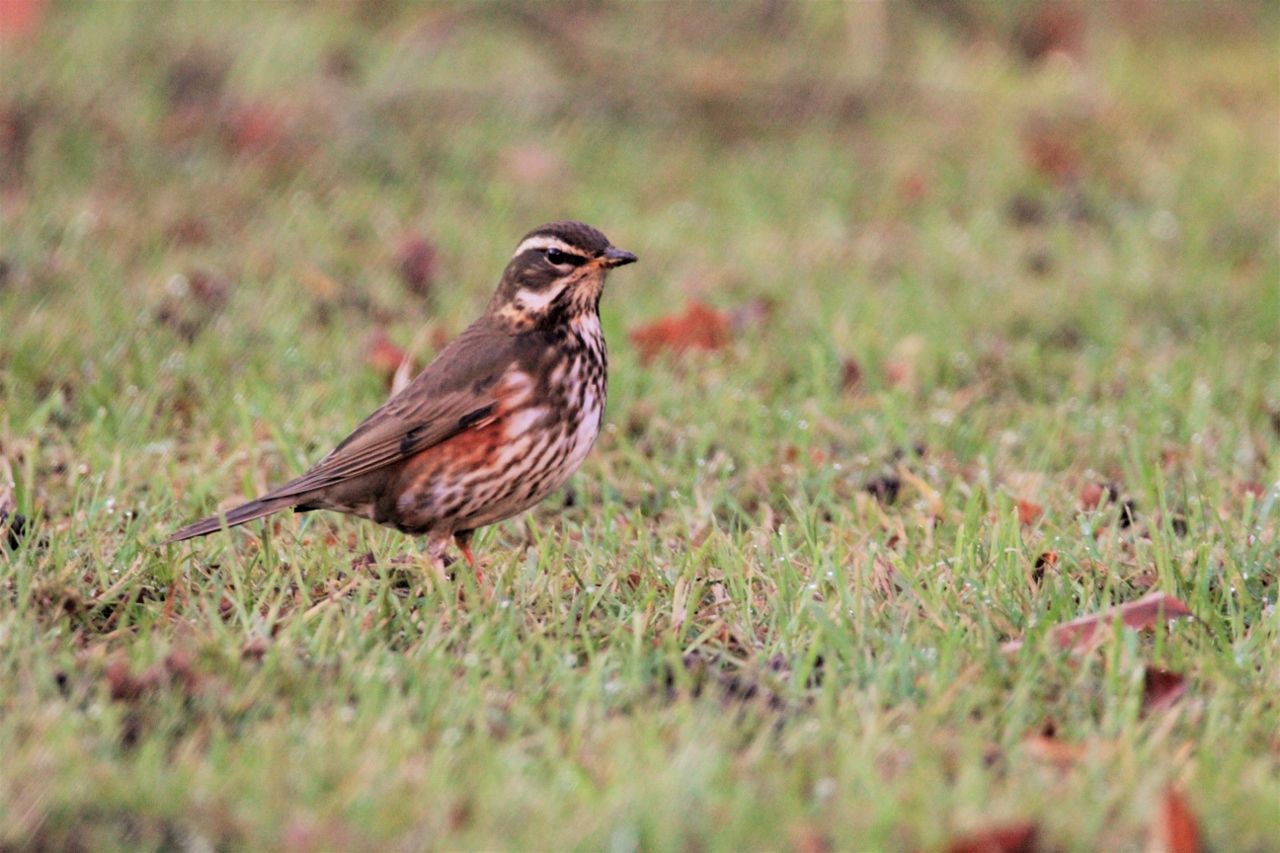








Aileen Young
December 4, 2018 at 6:48 pm
Love your birdwatching diaries. I was wondering if you have heard of the big sensation a Mandarin duck is causing in New York central park?